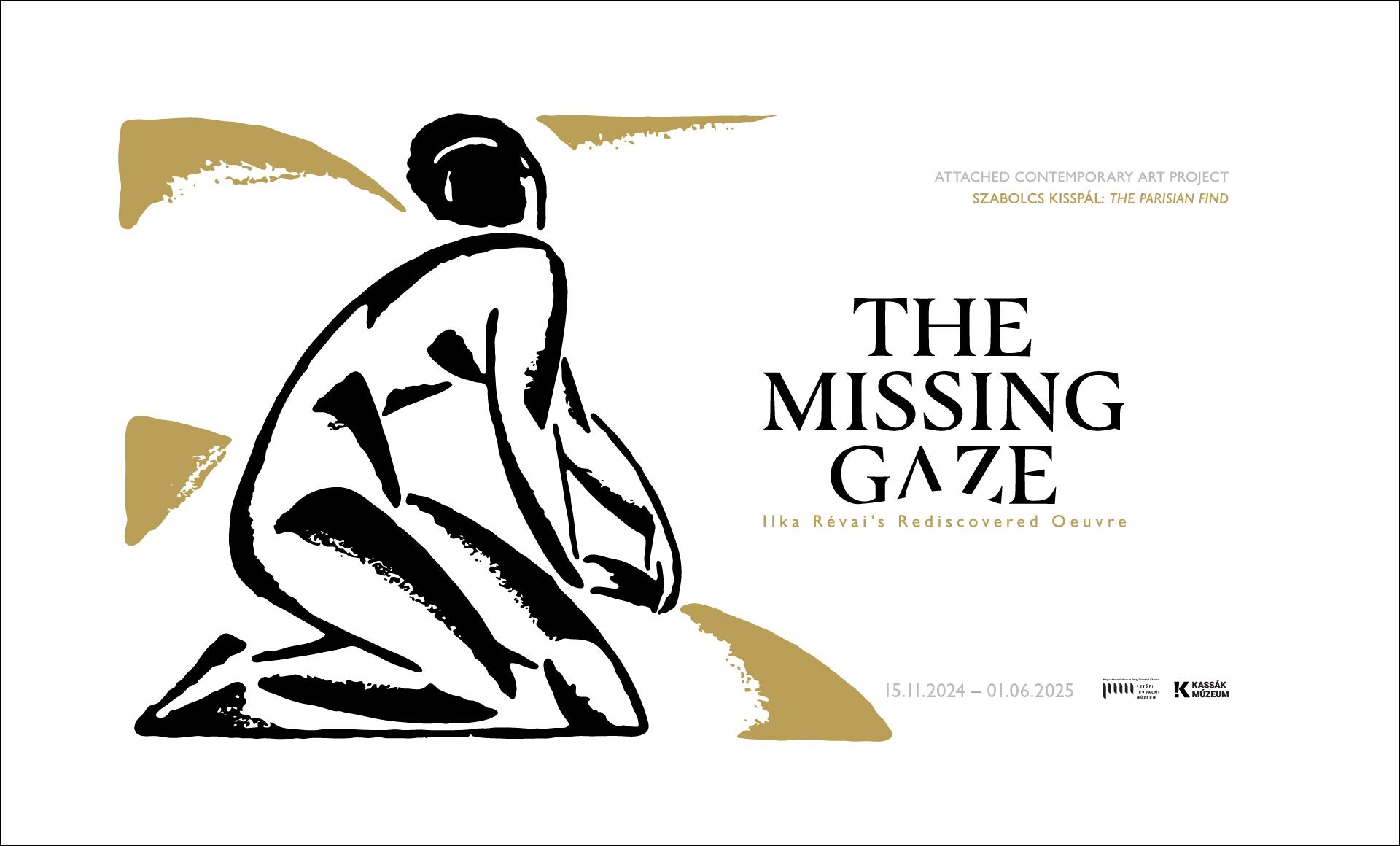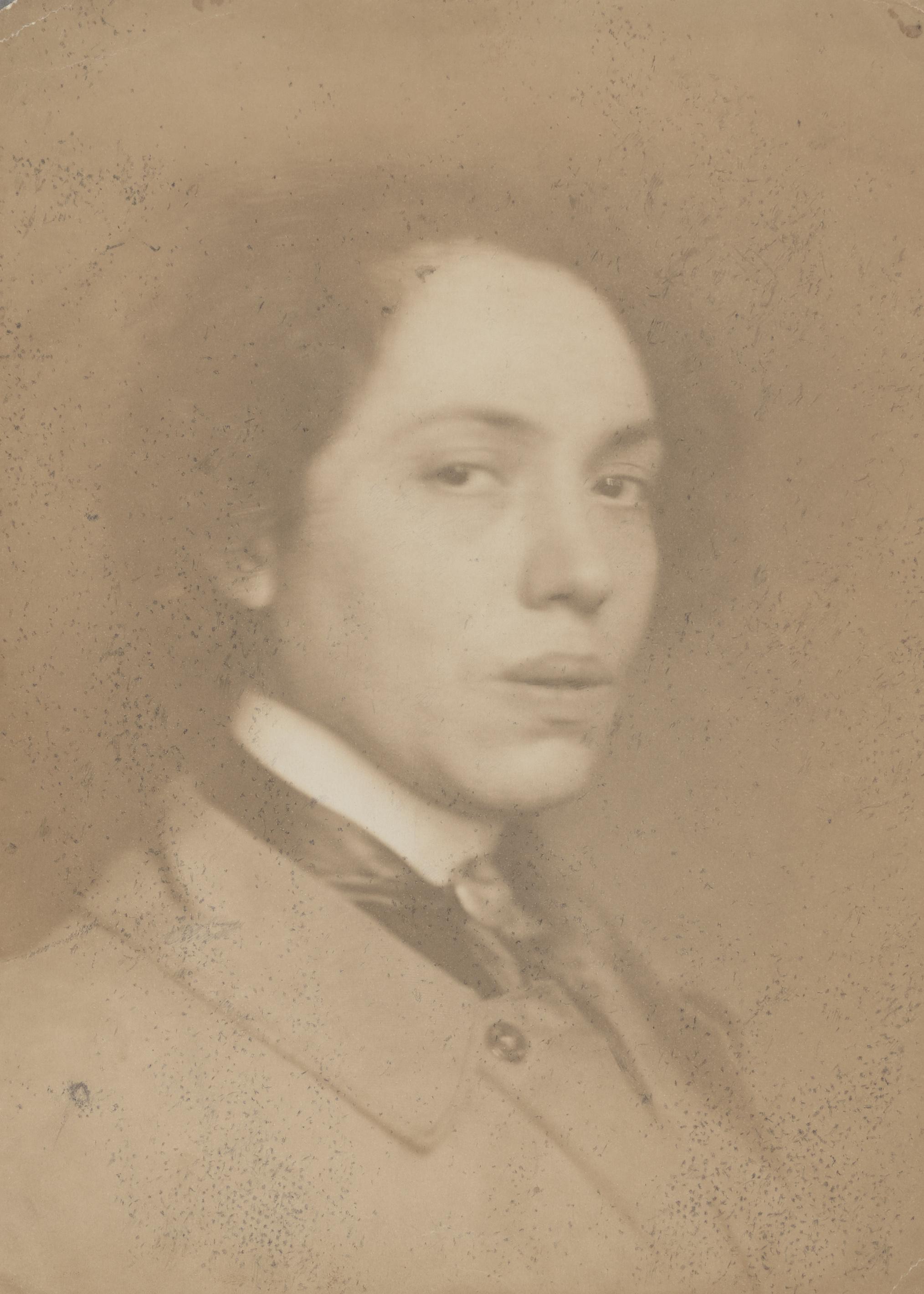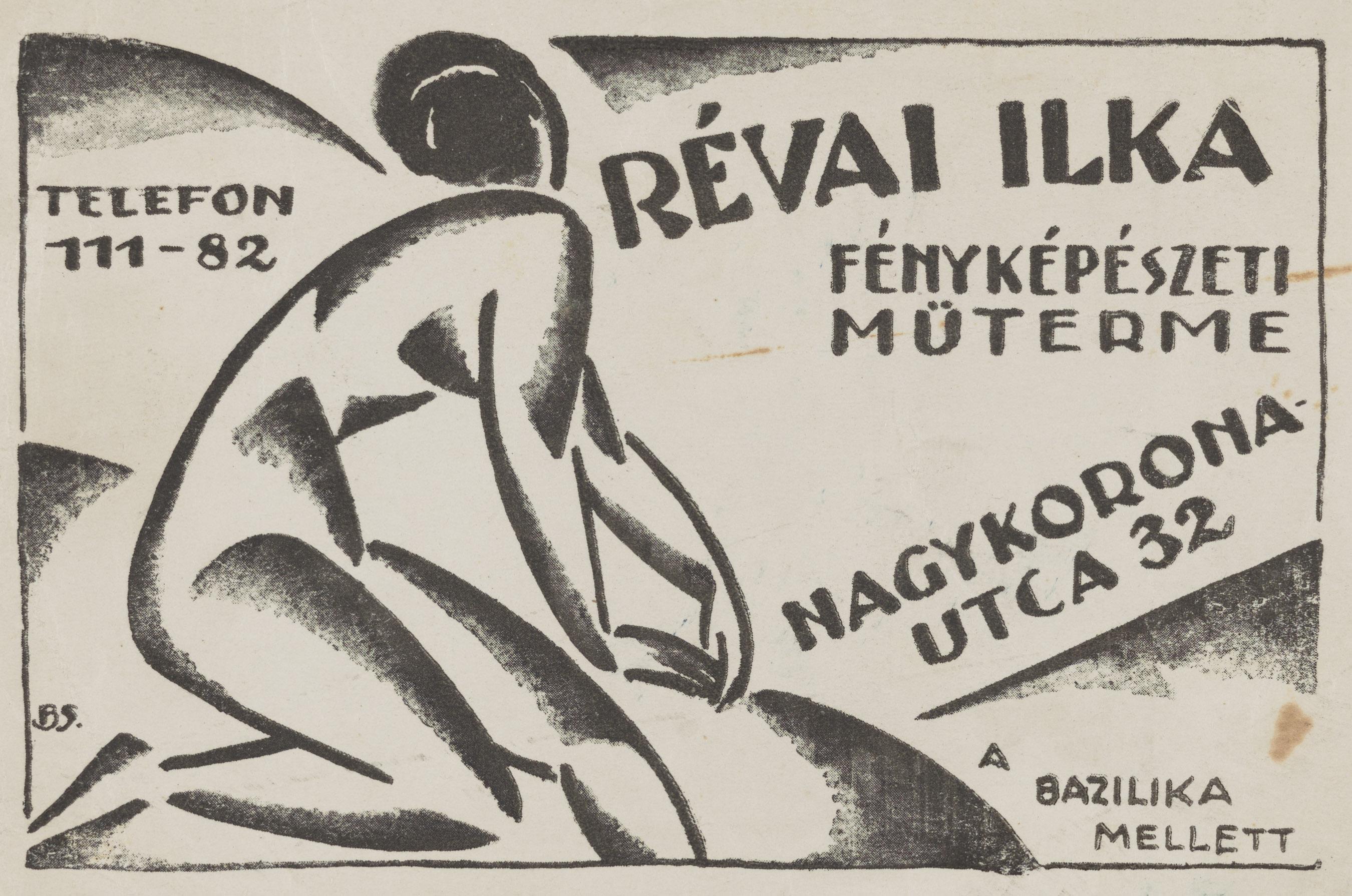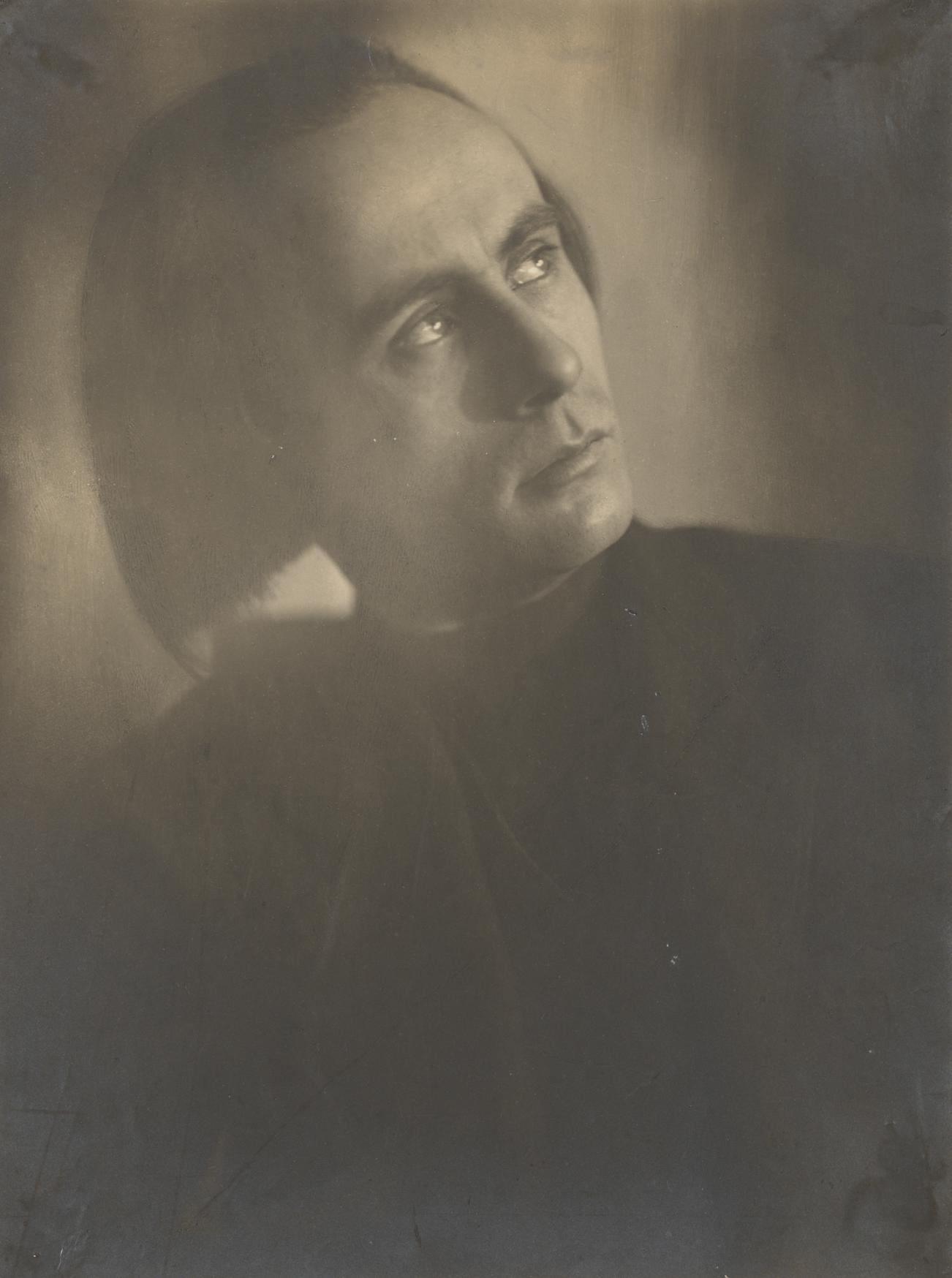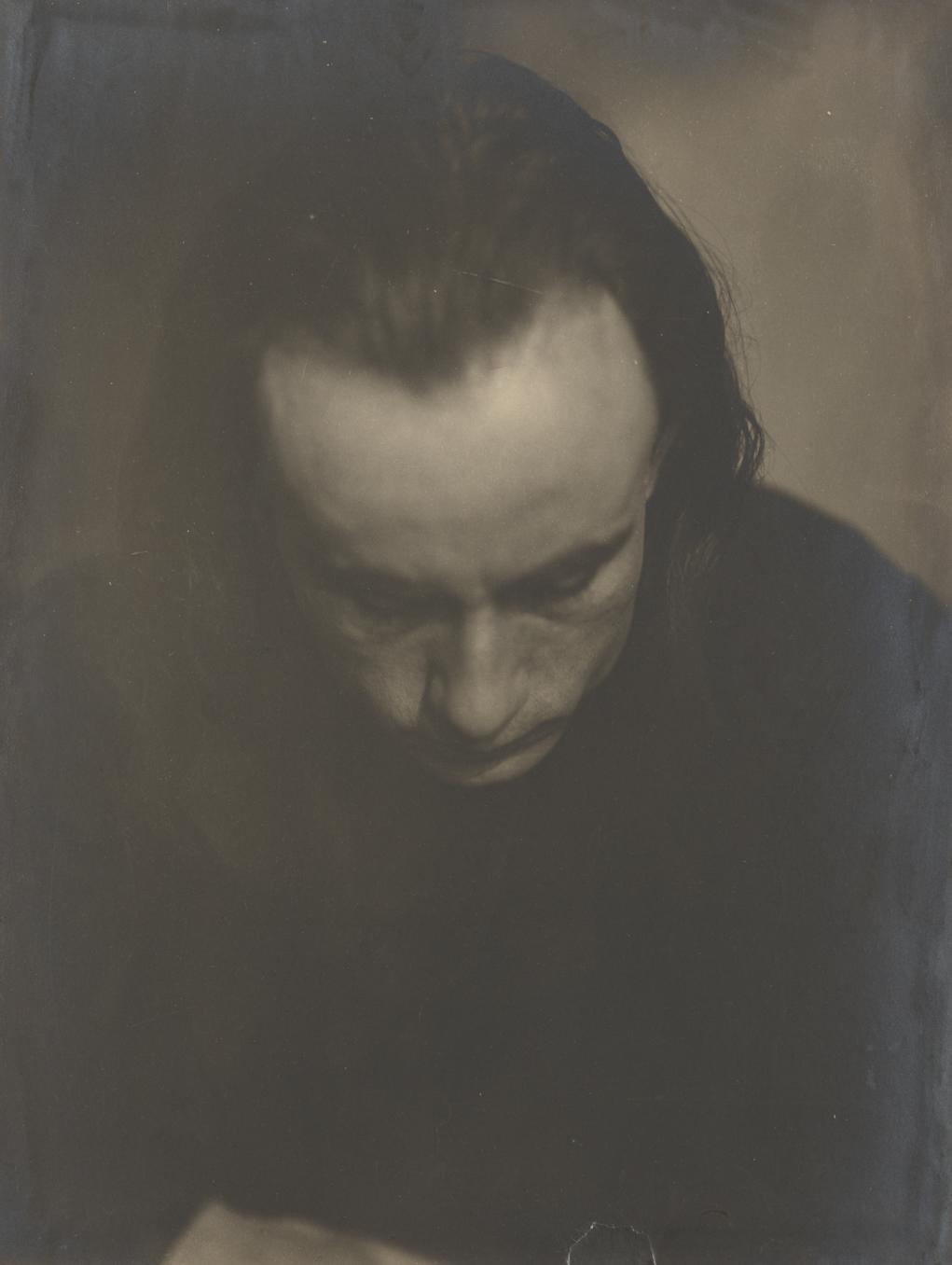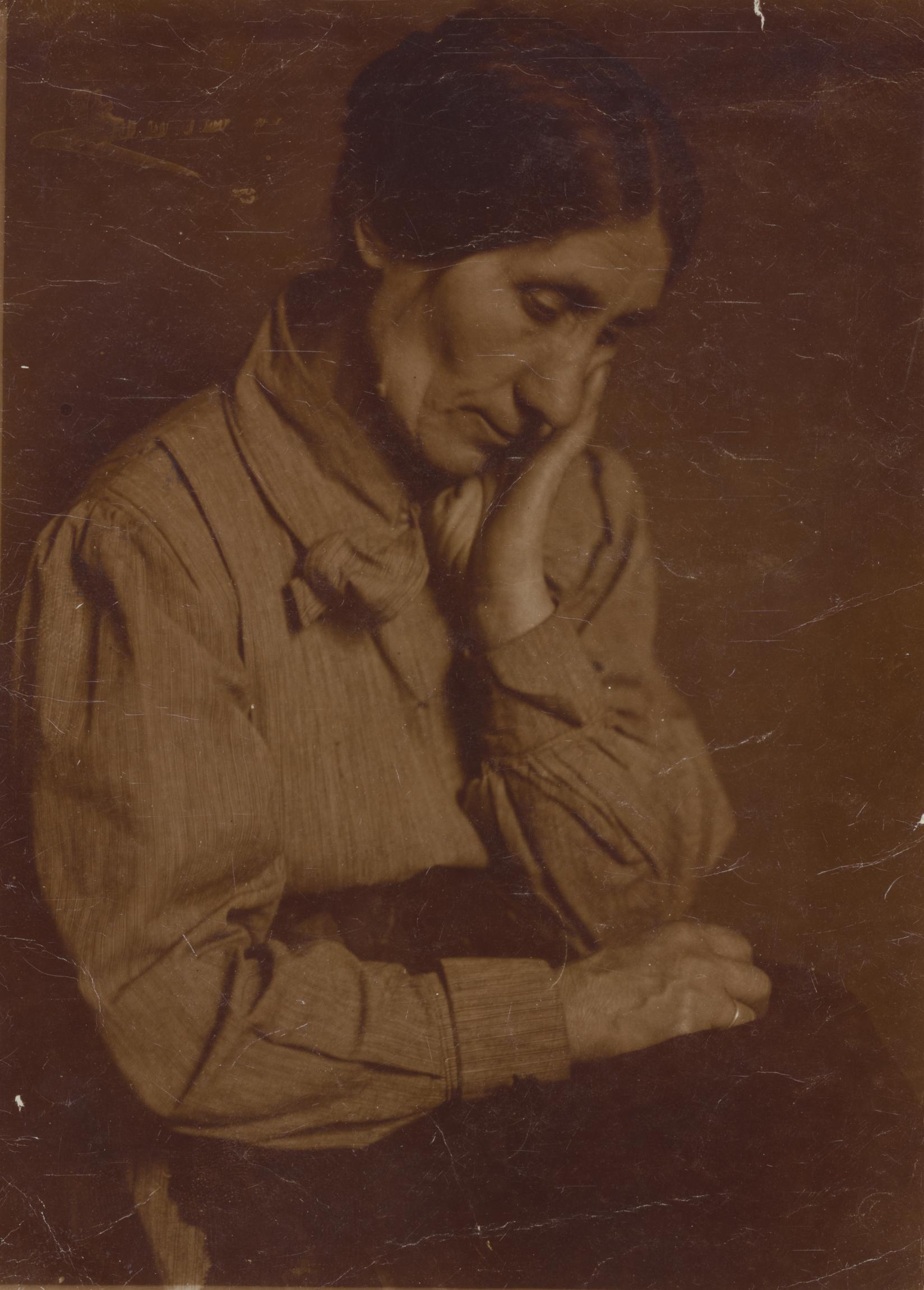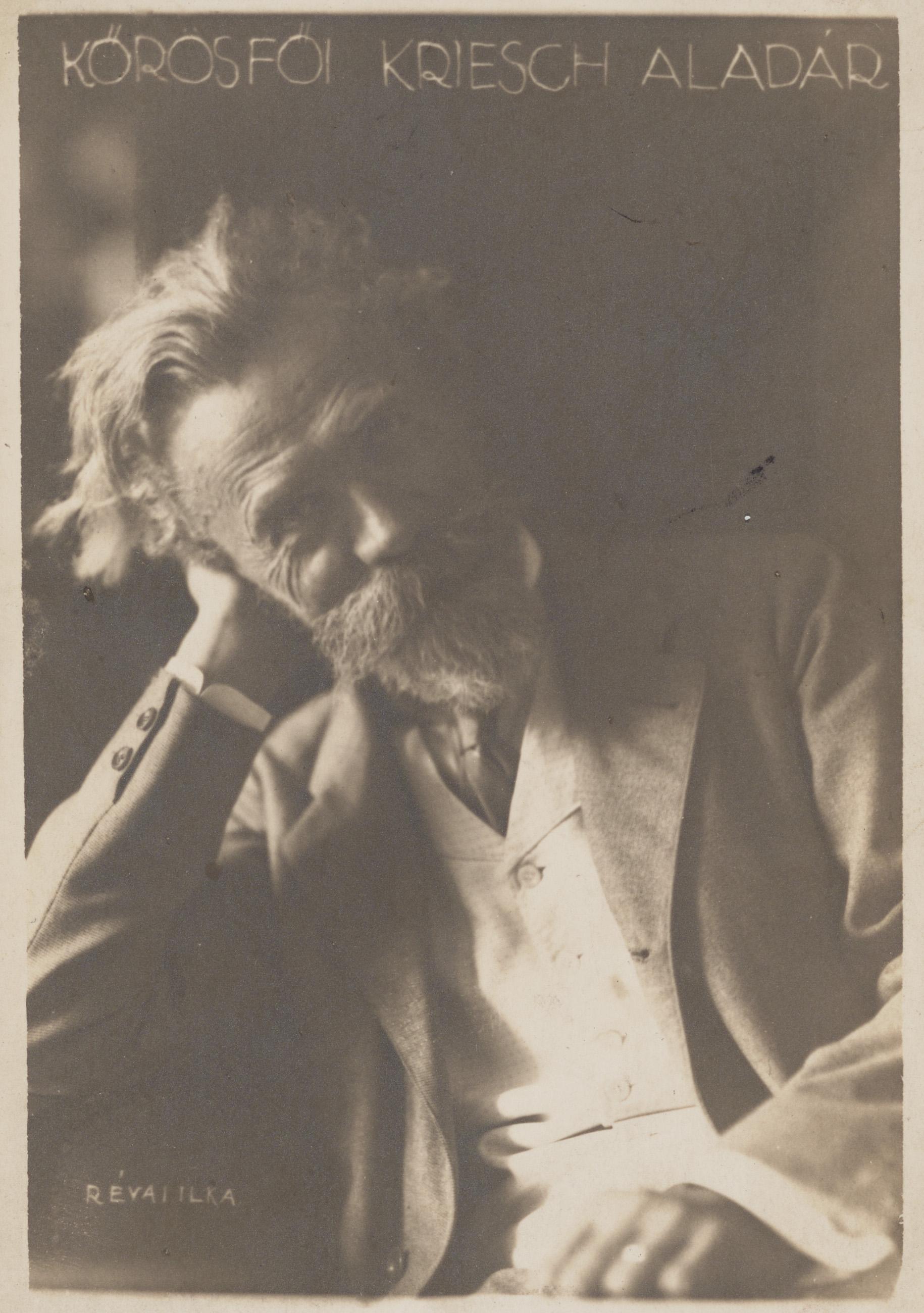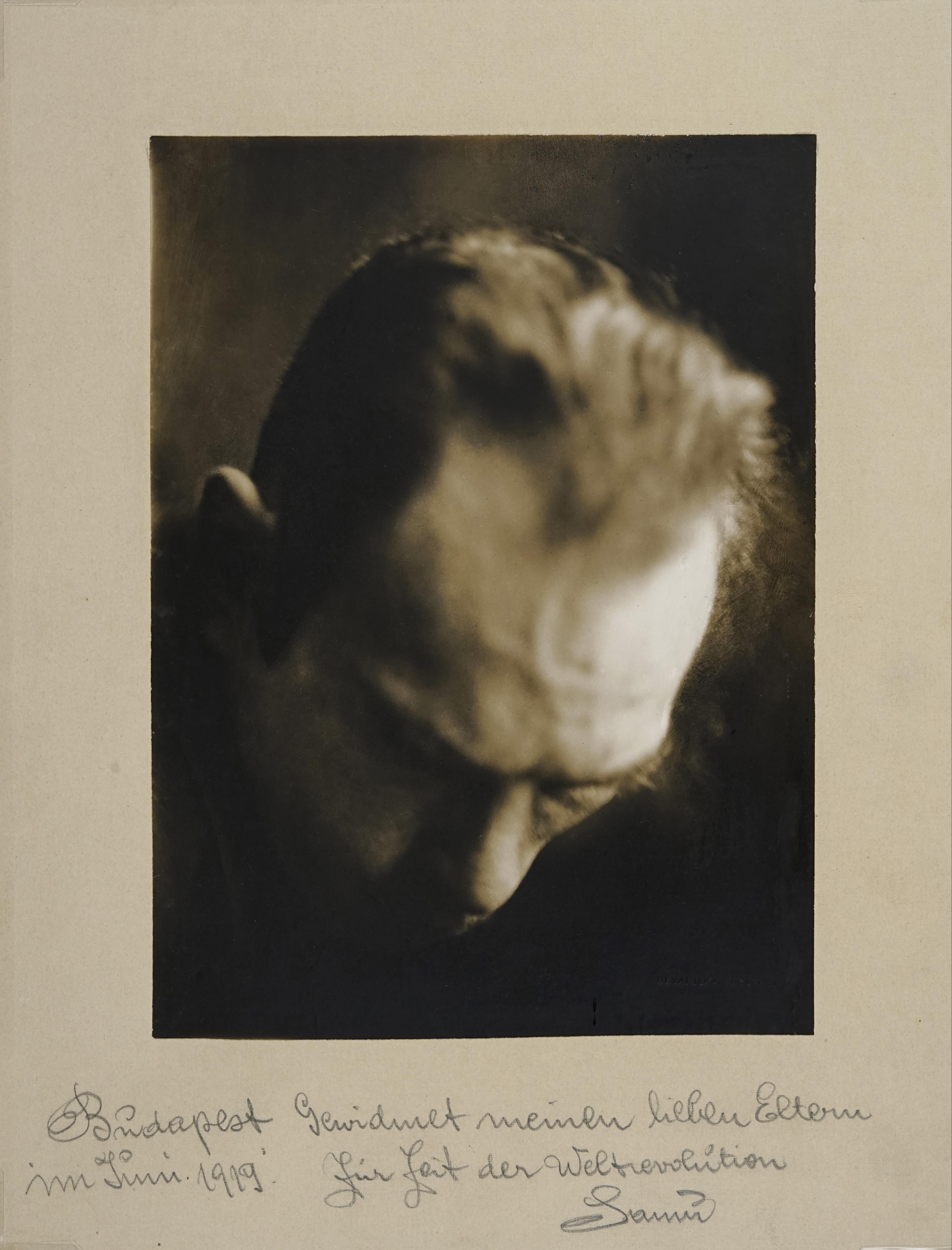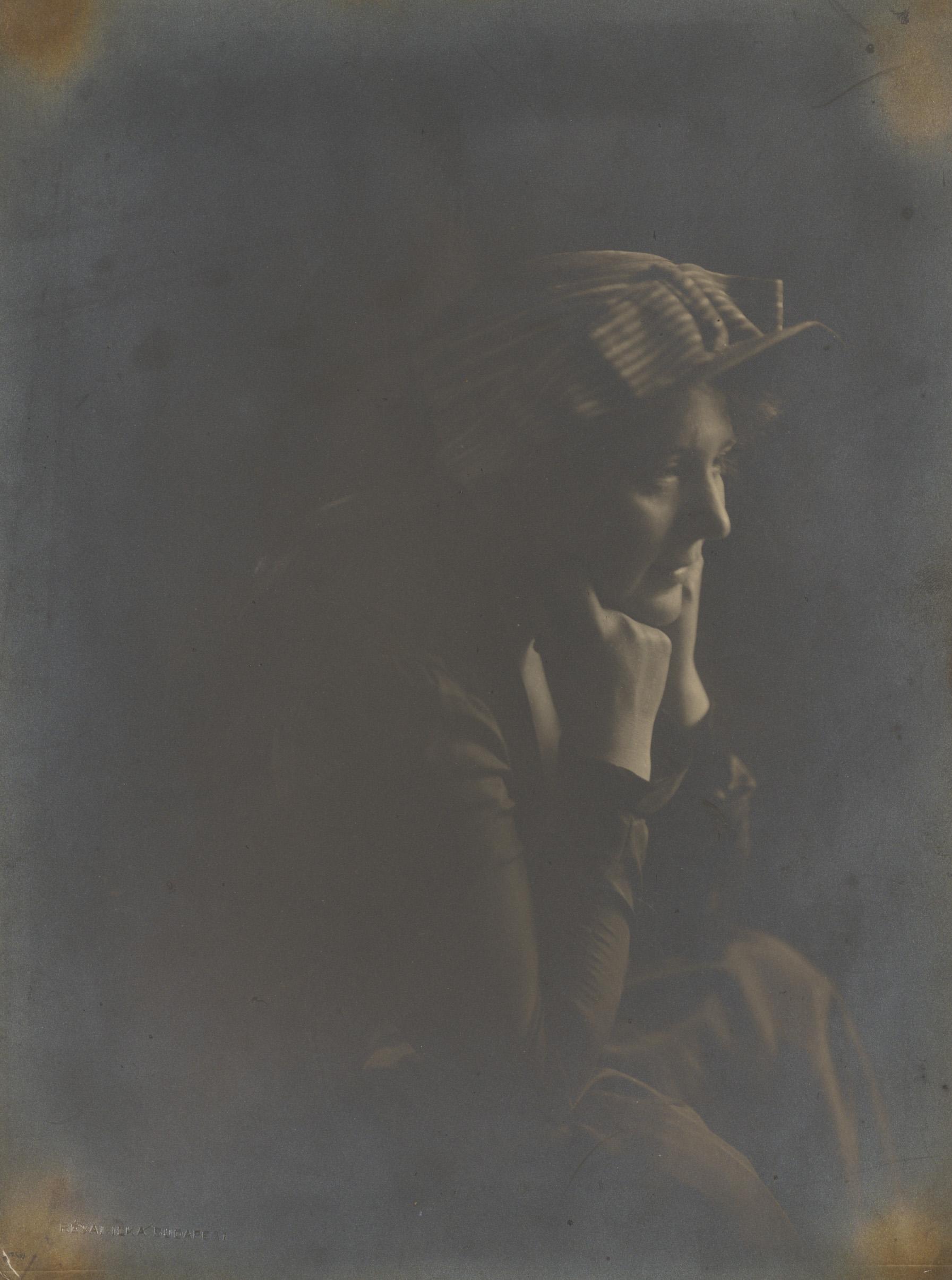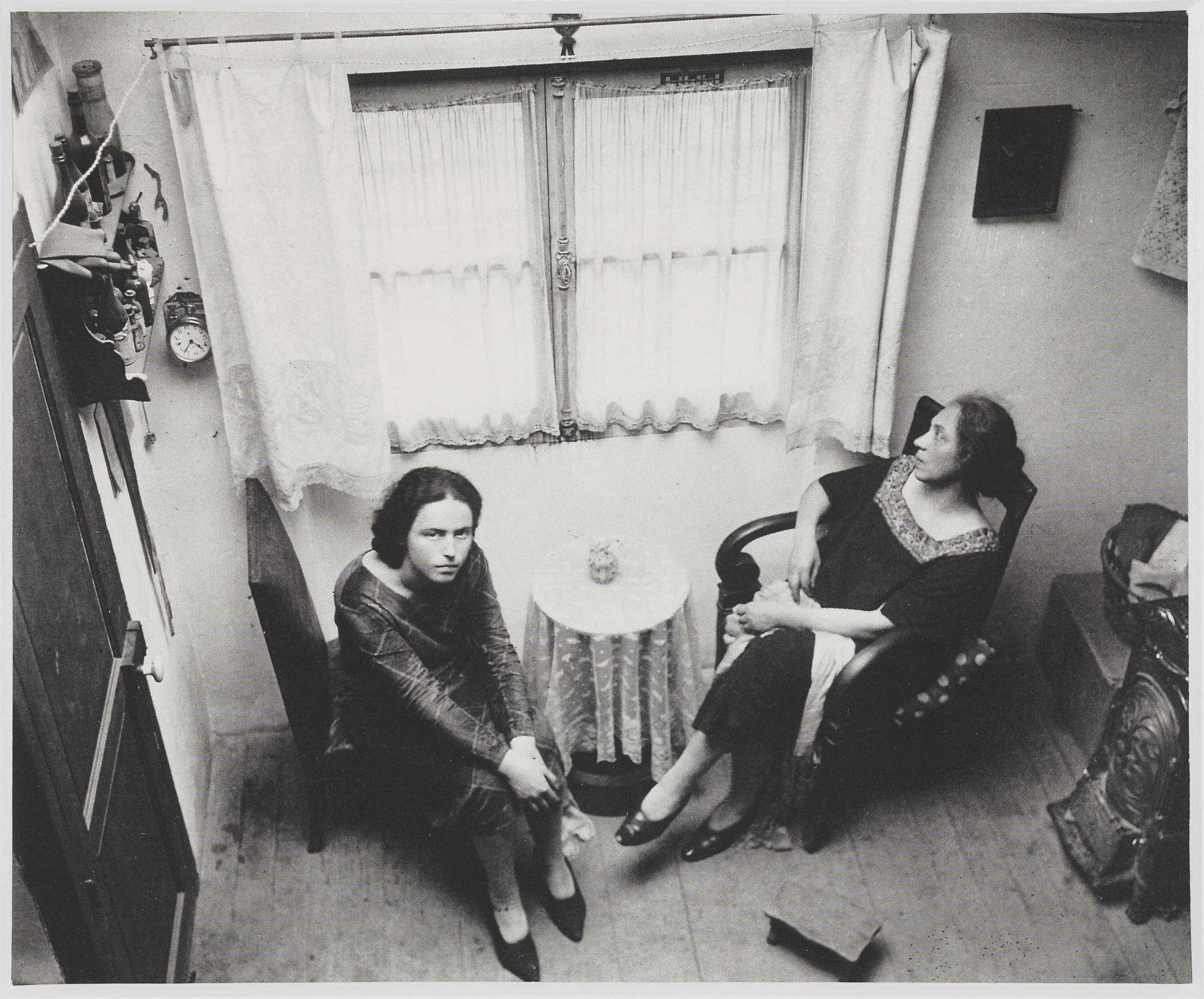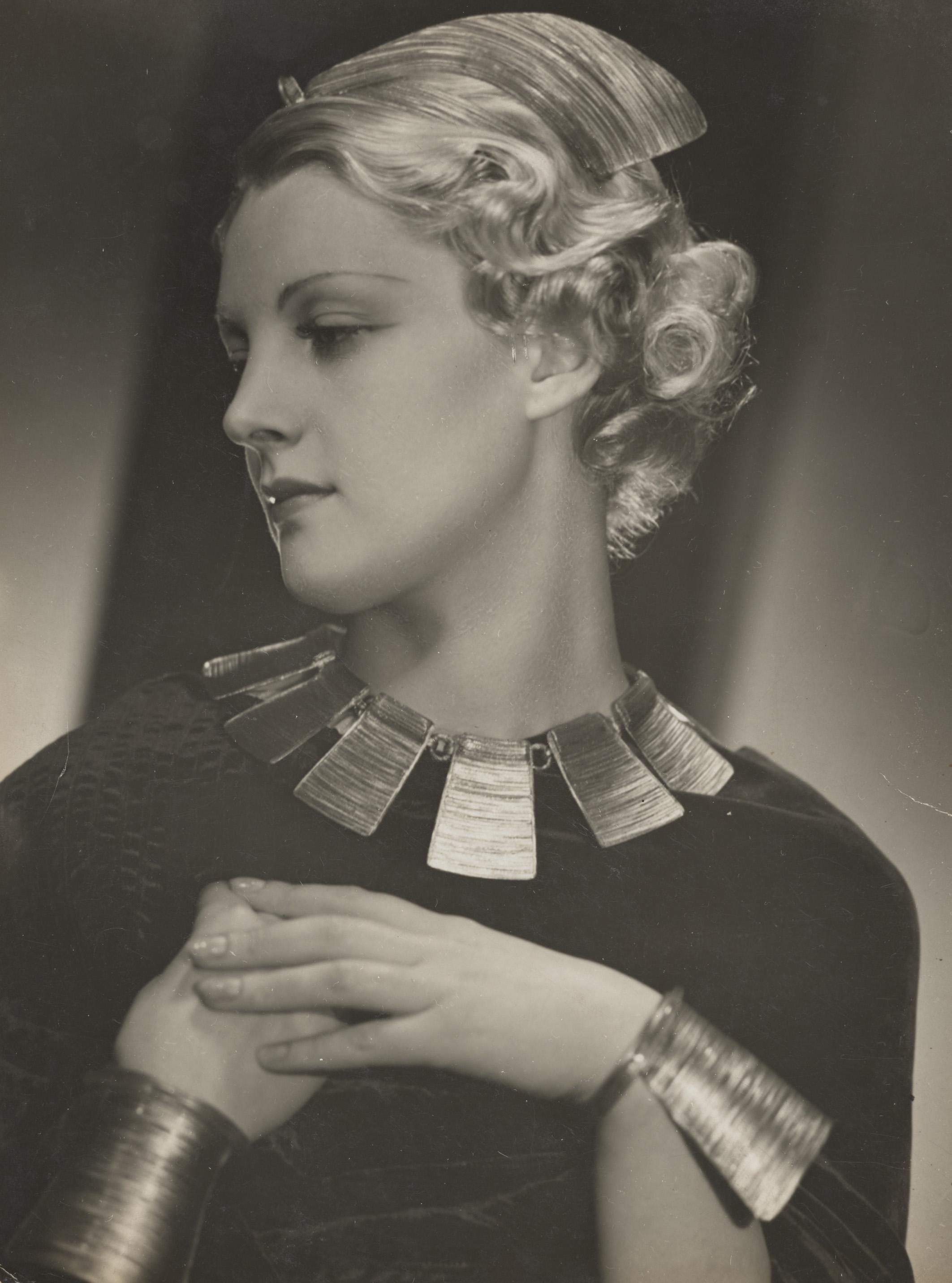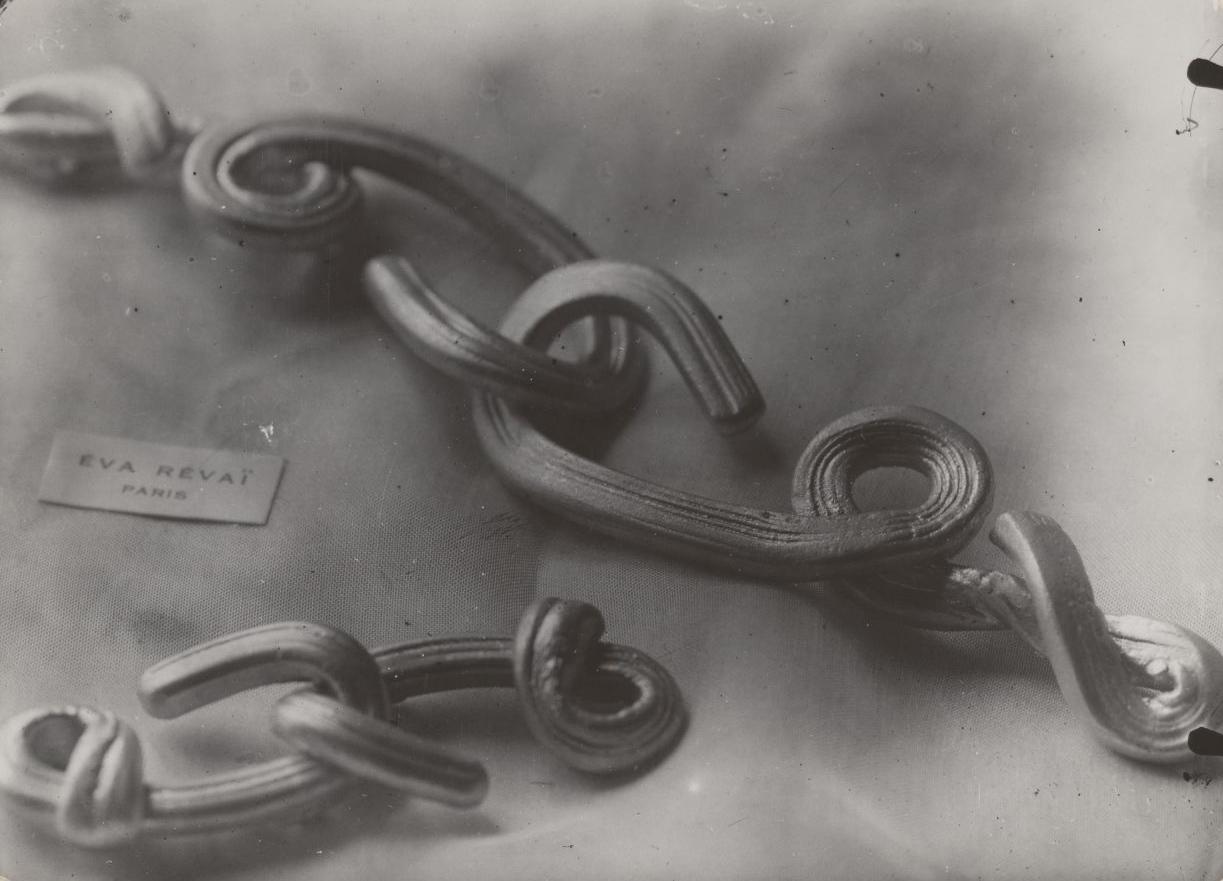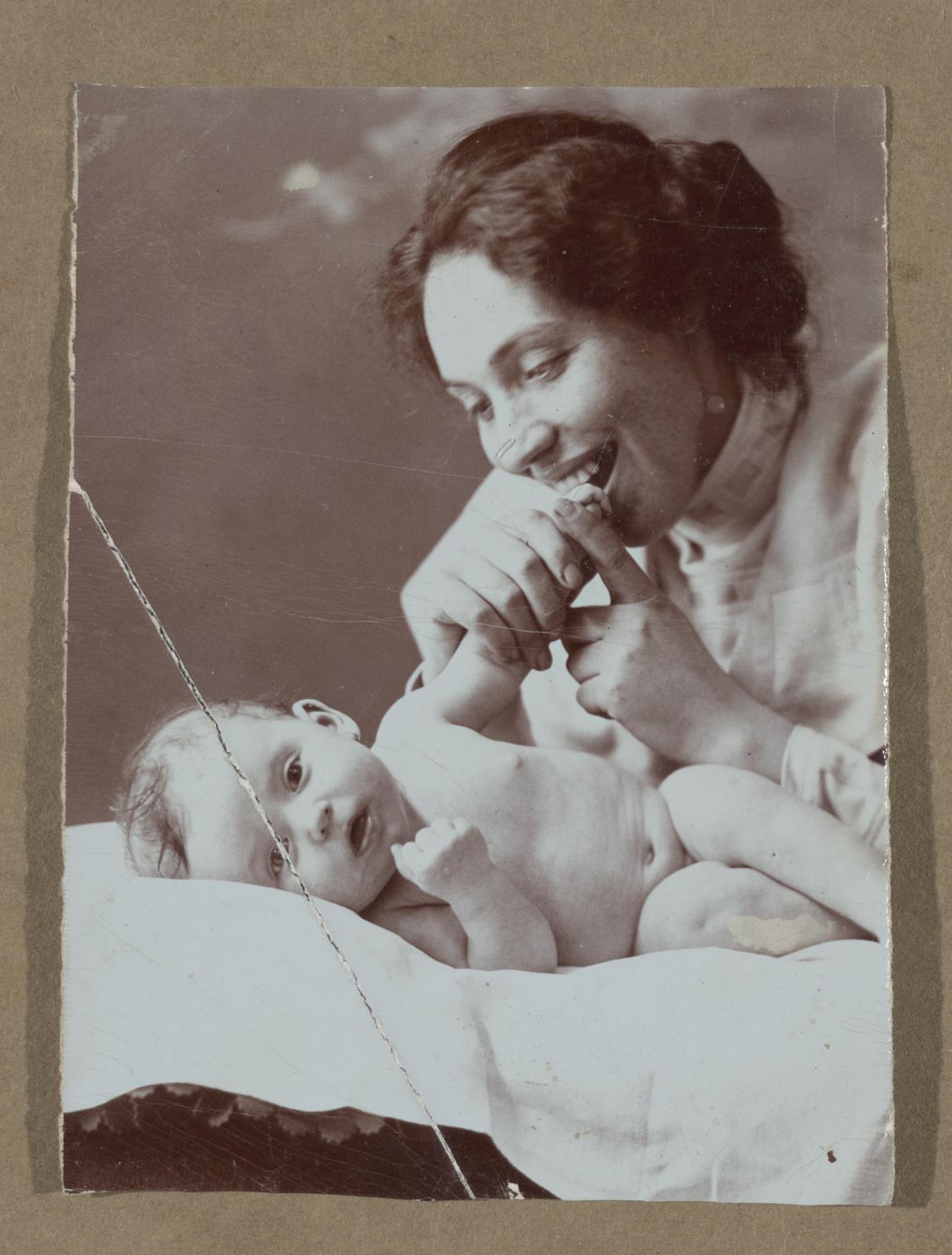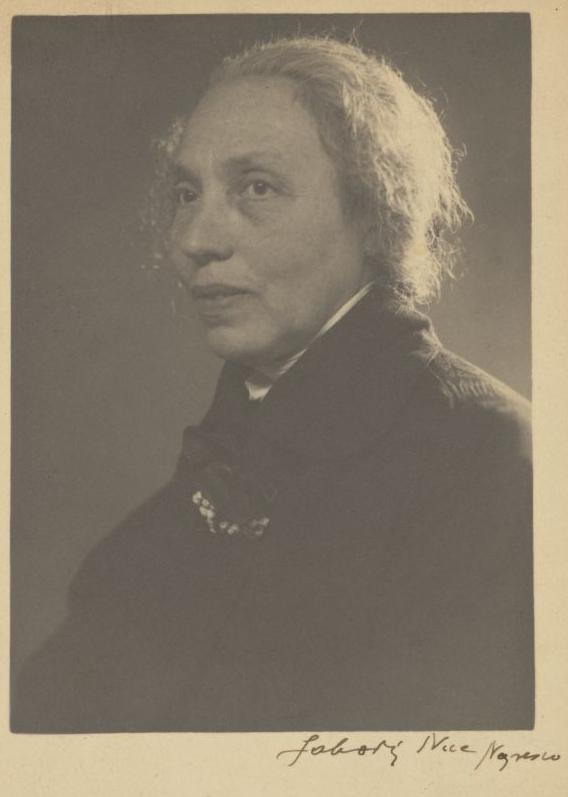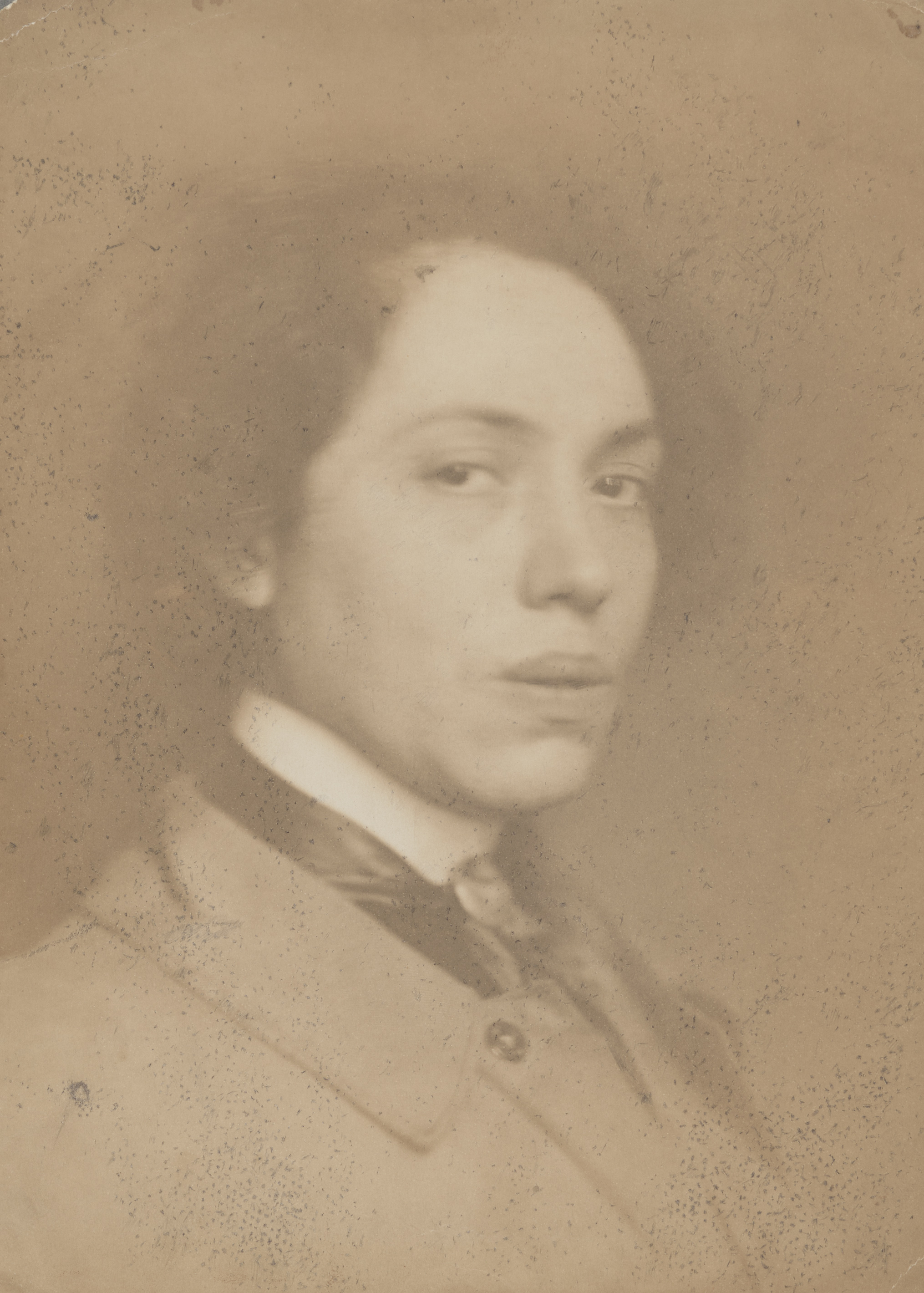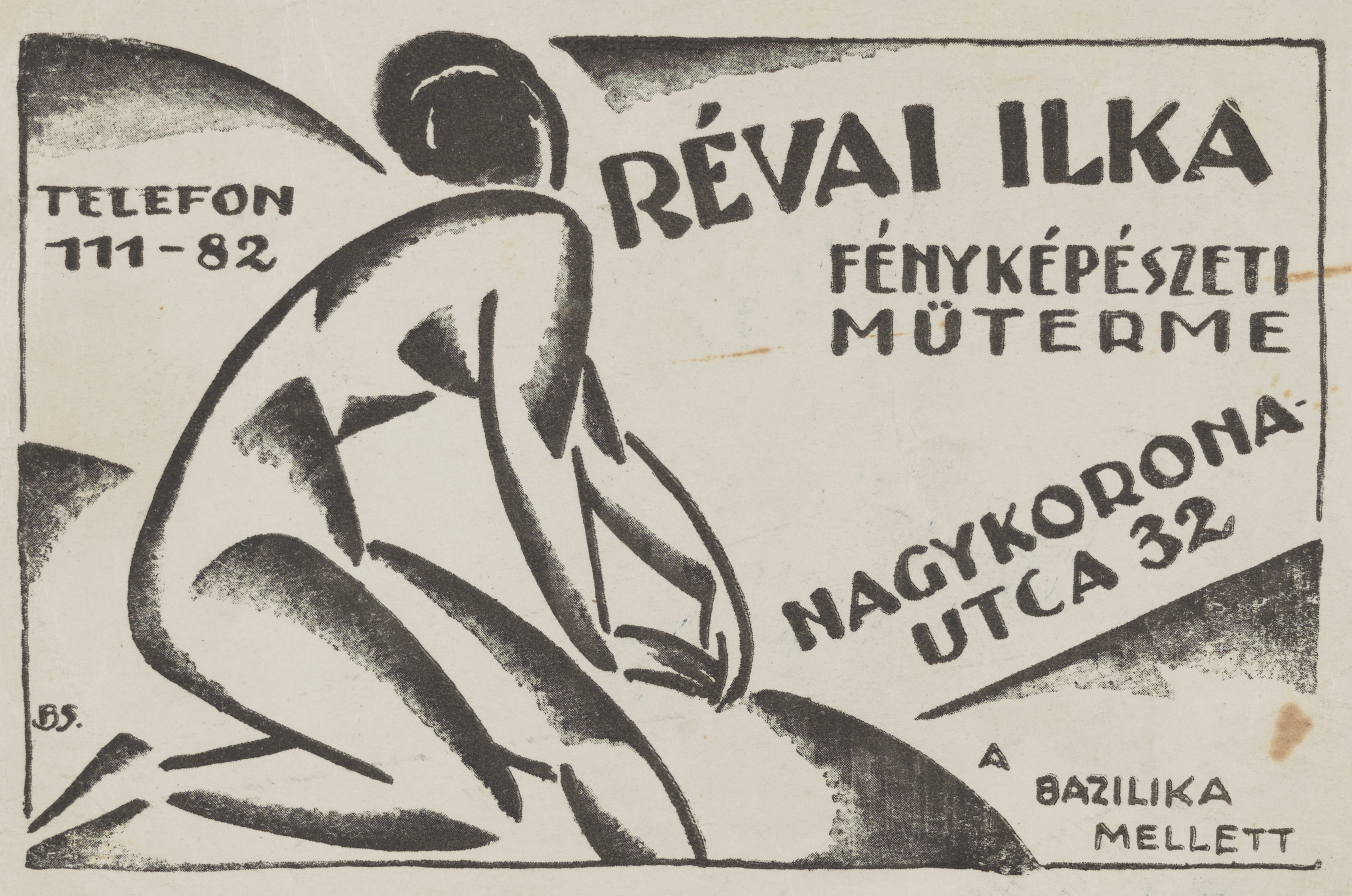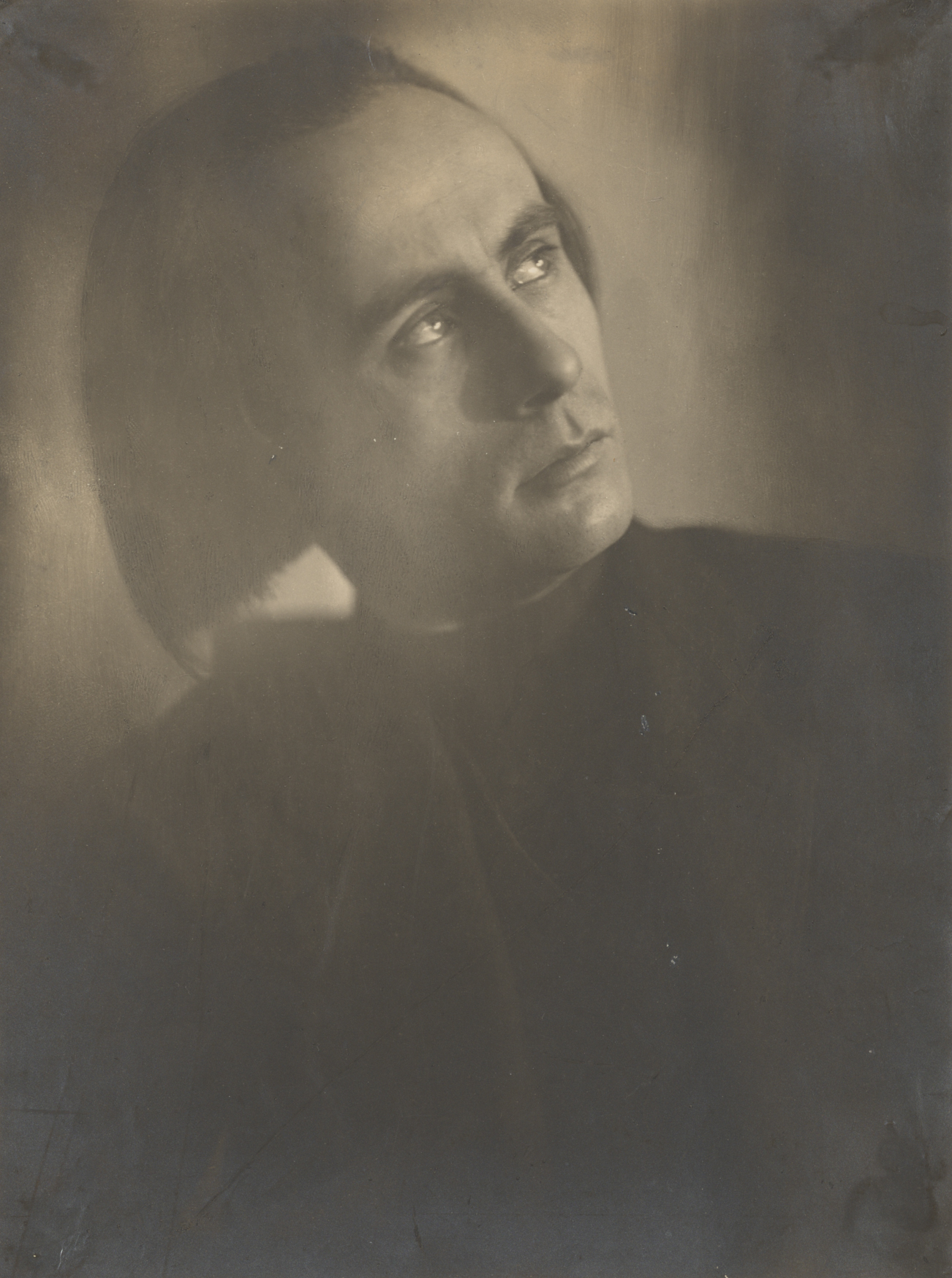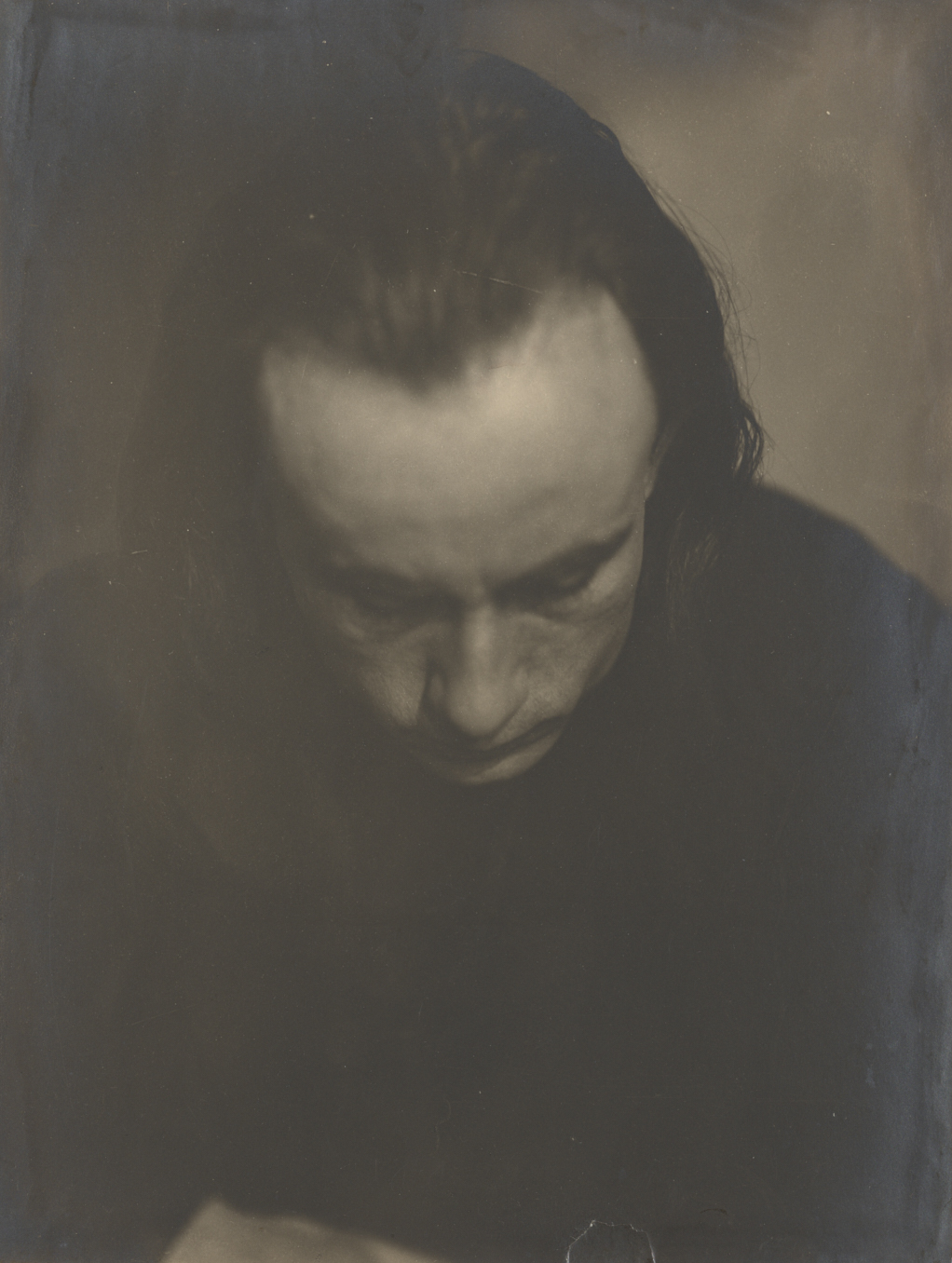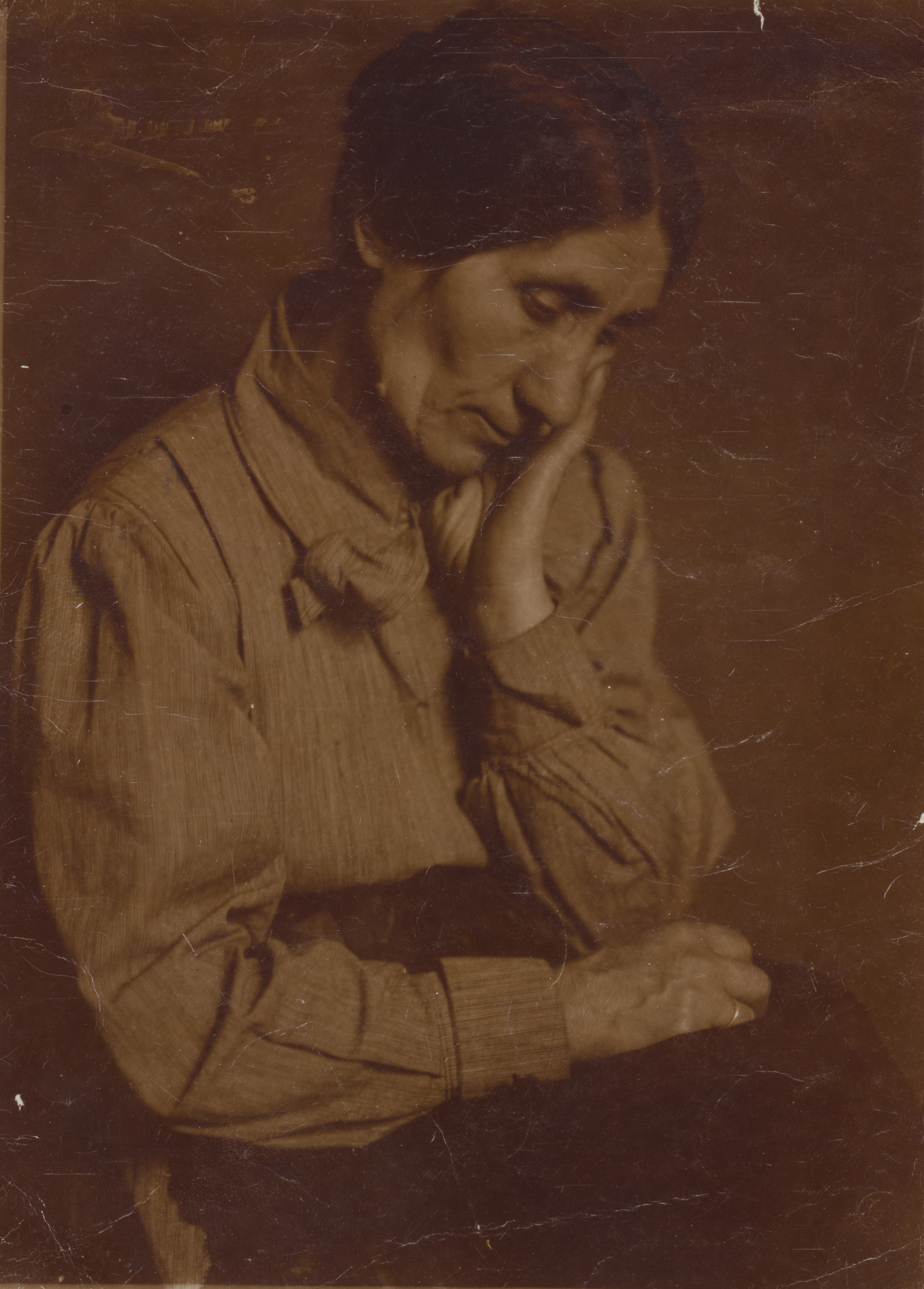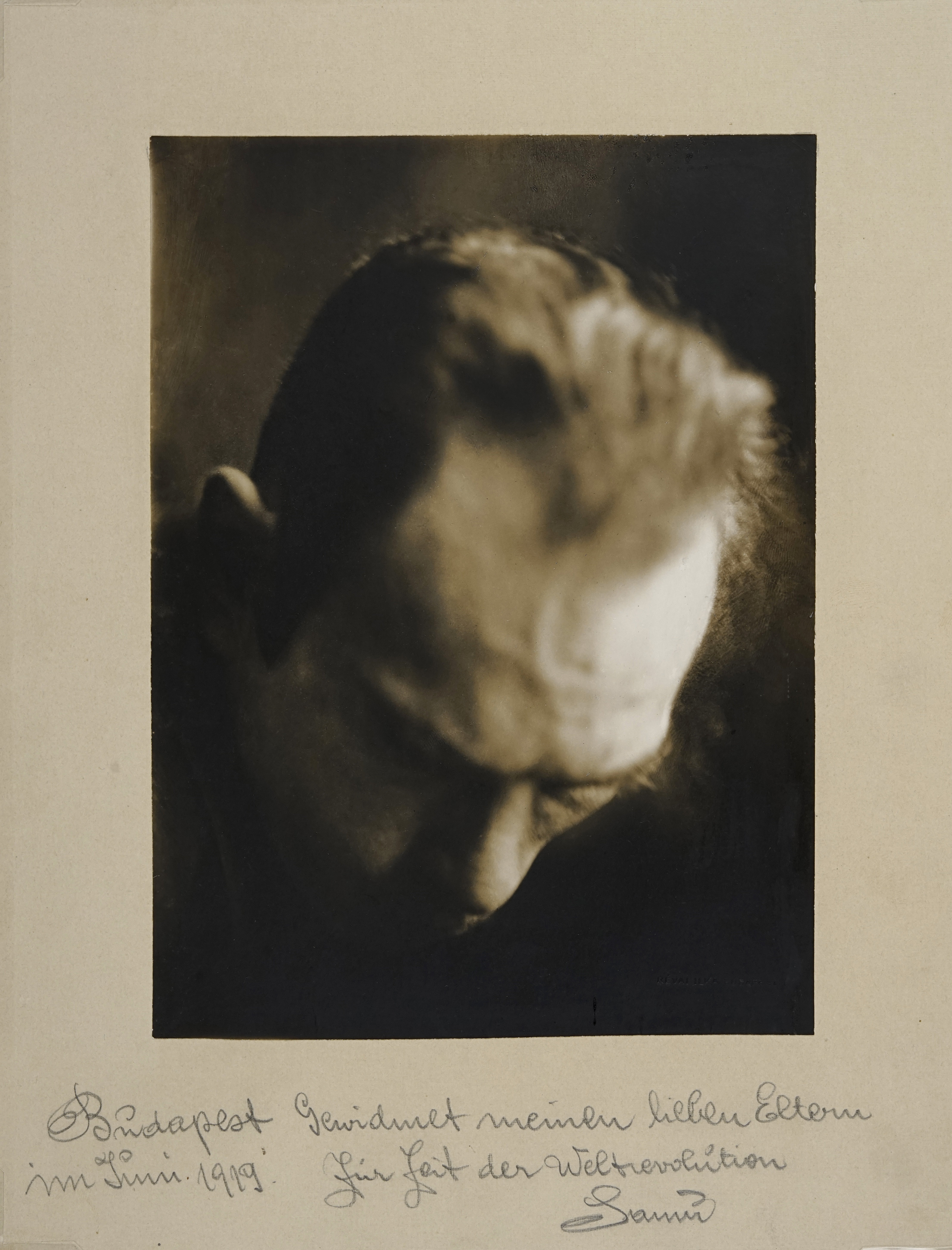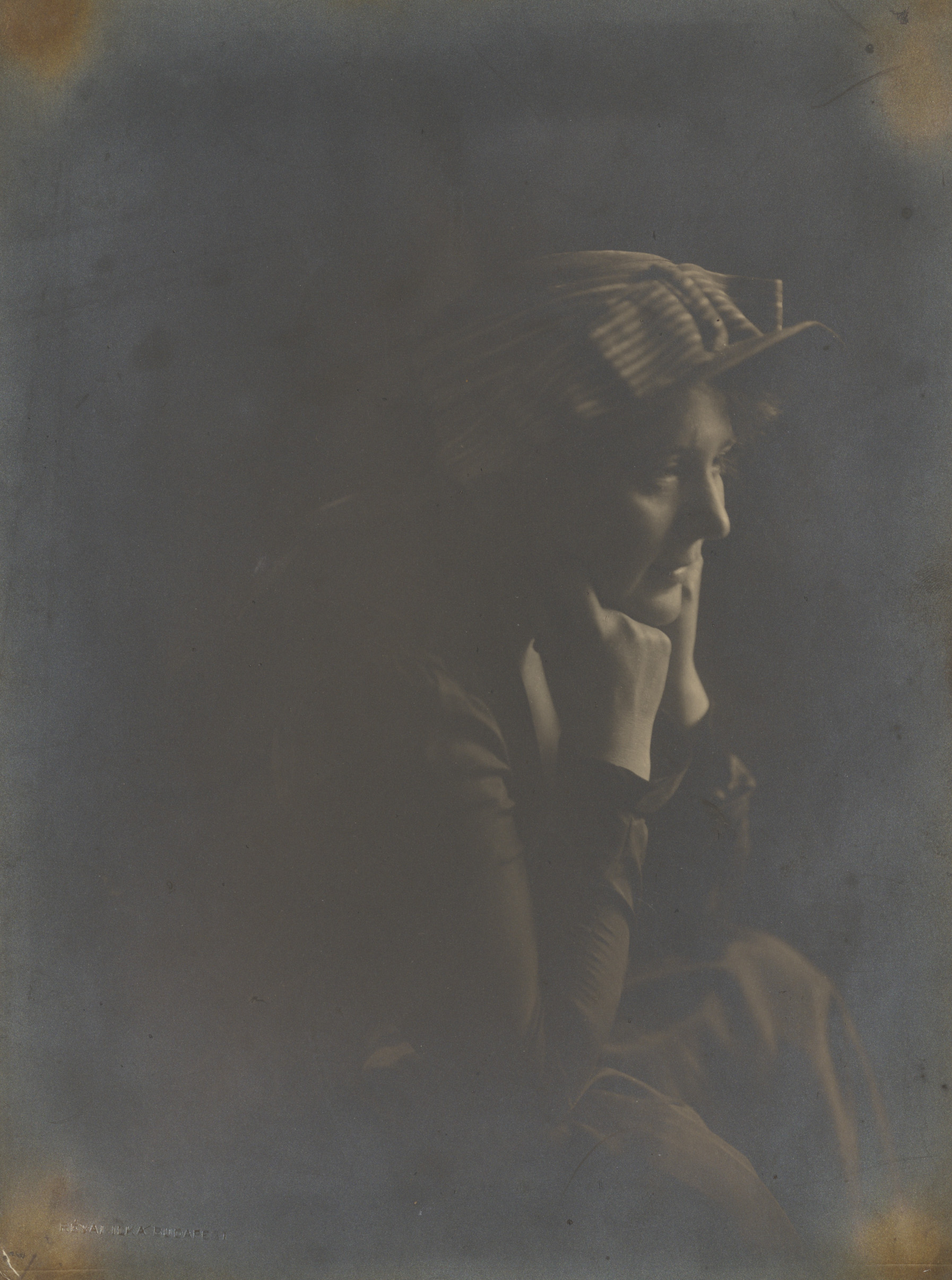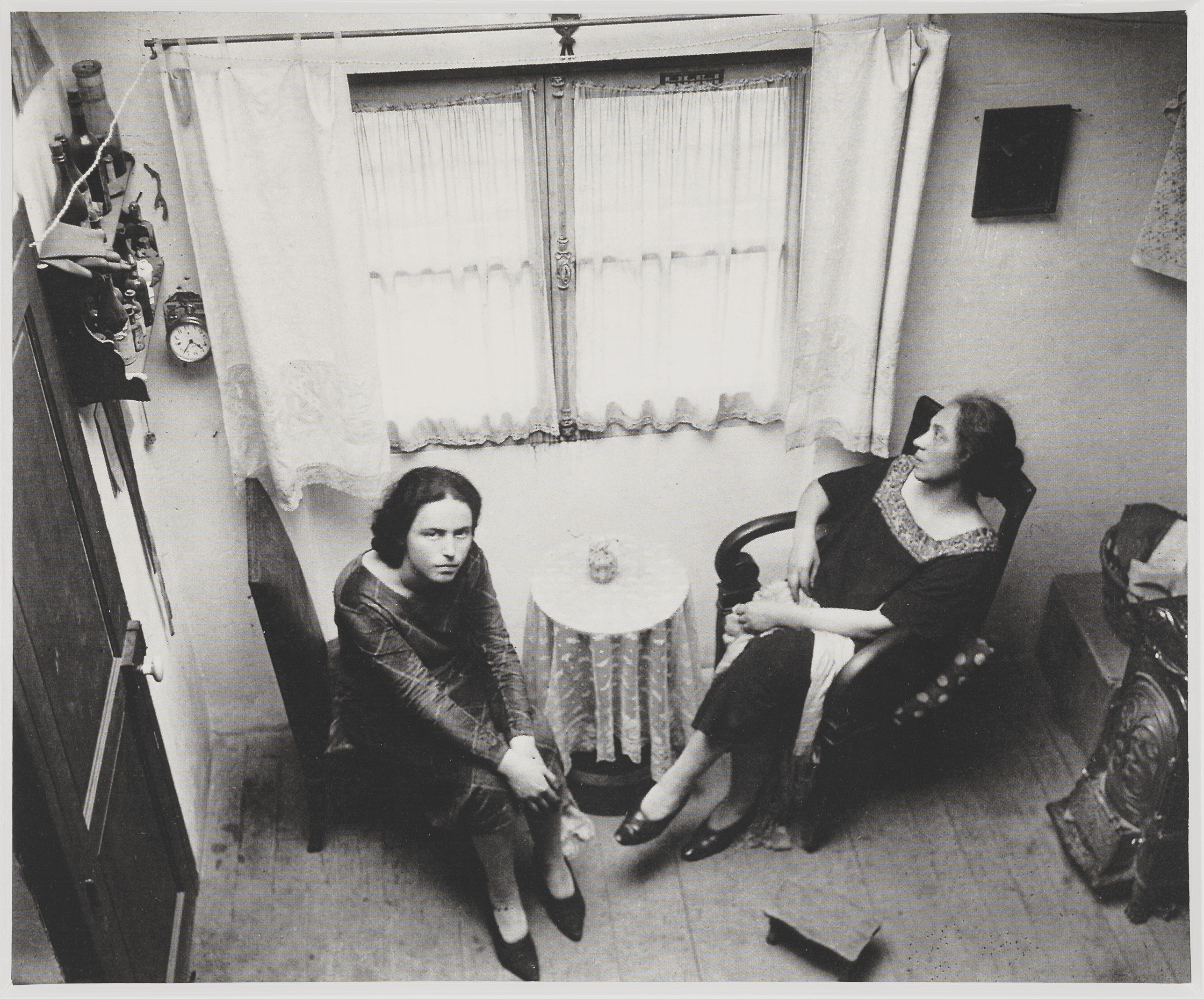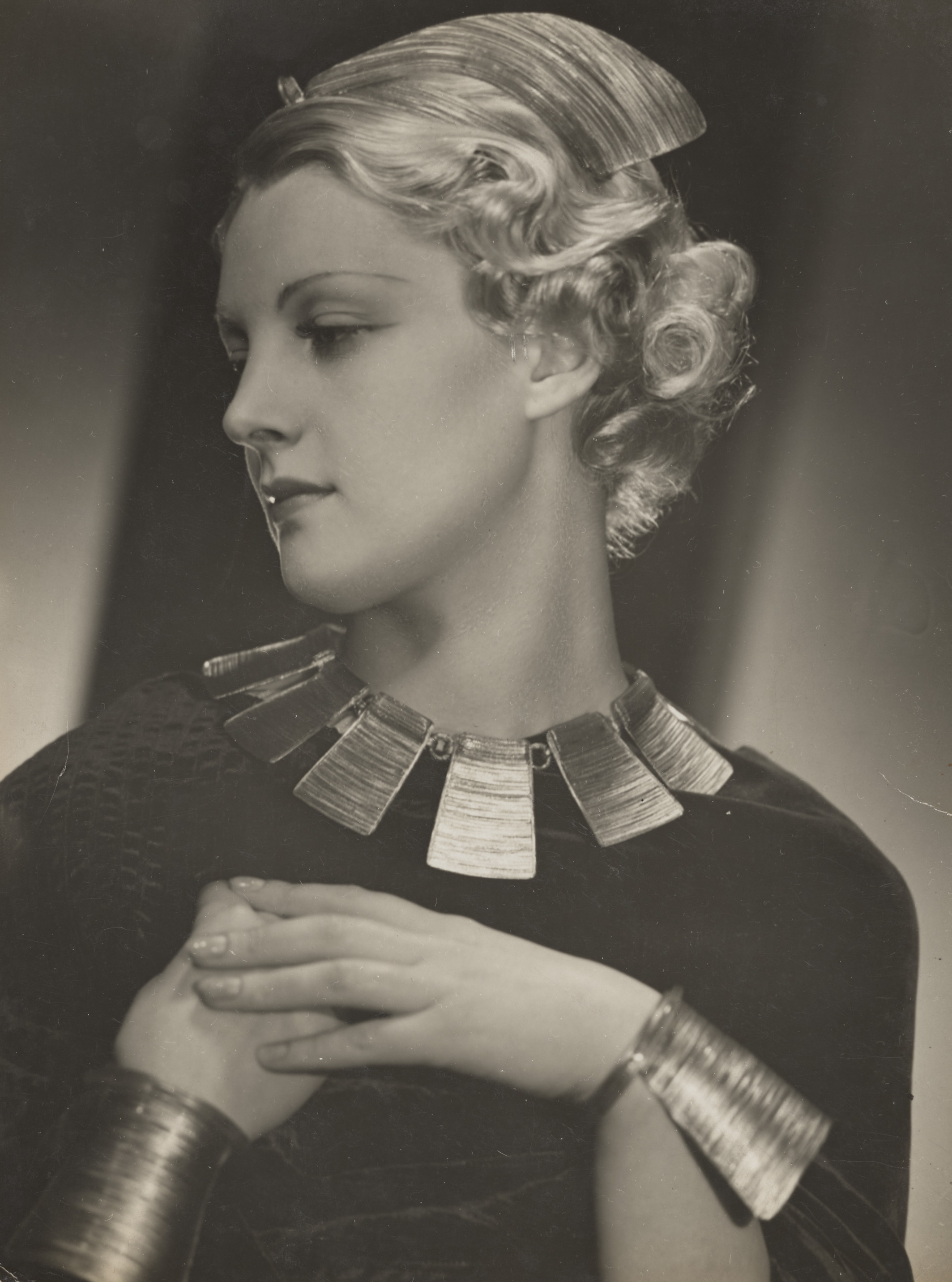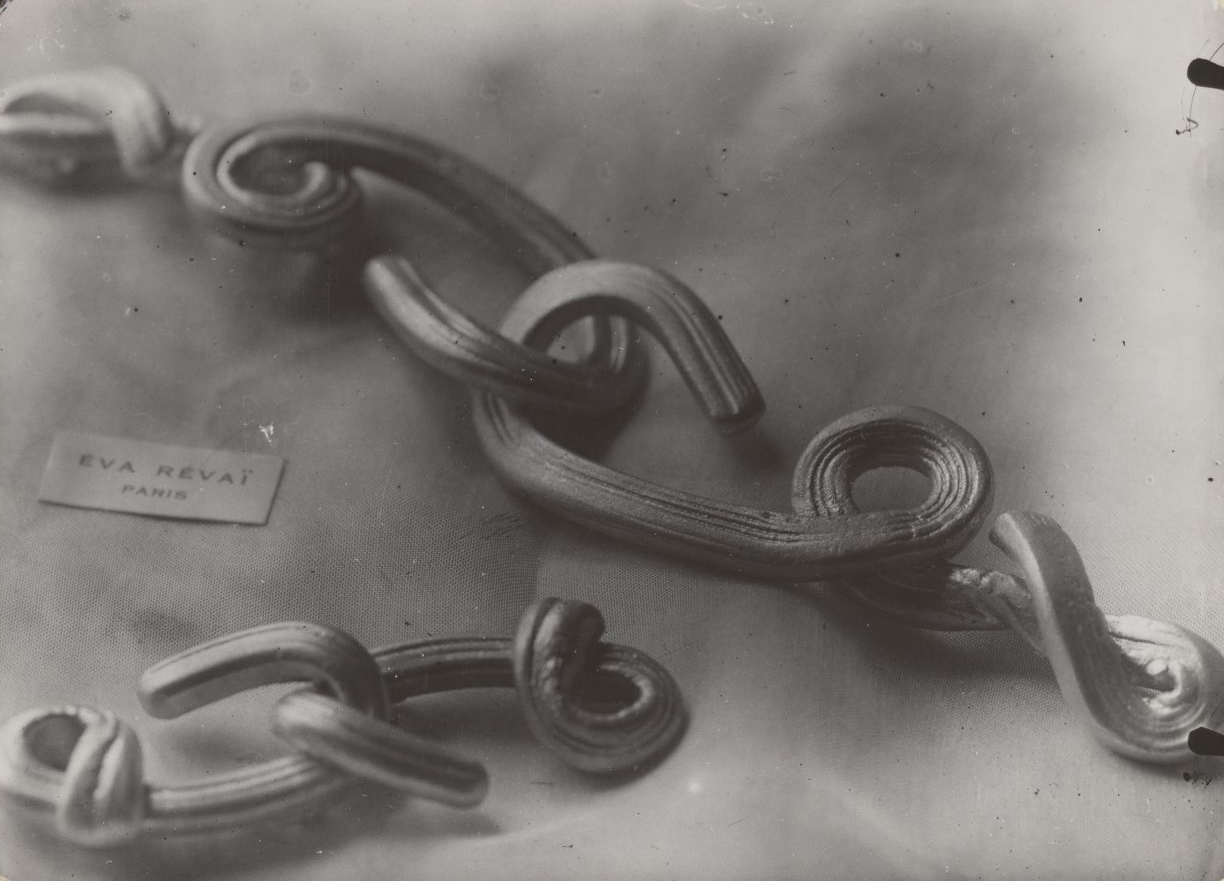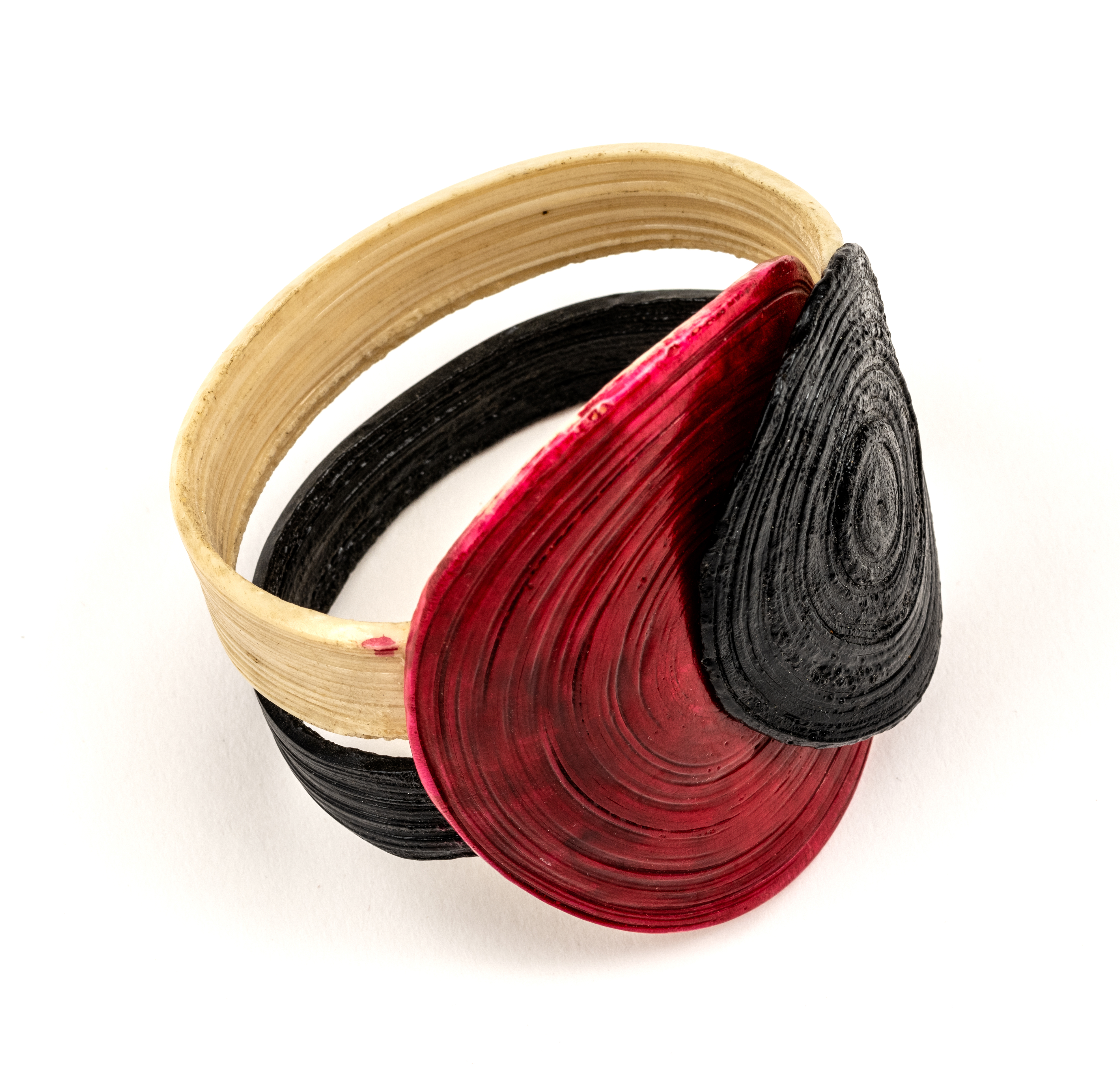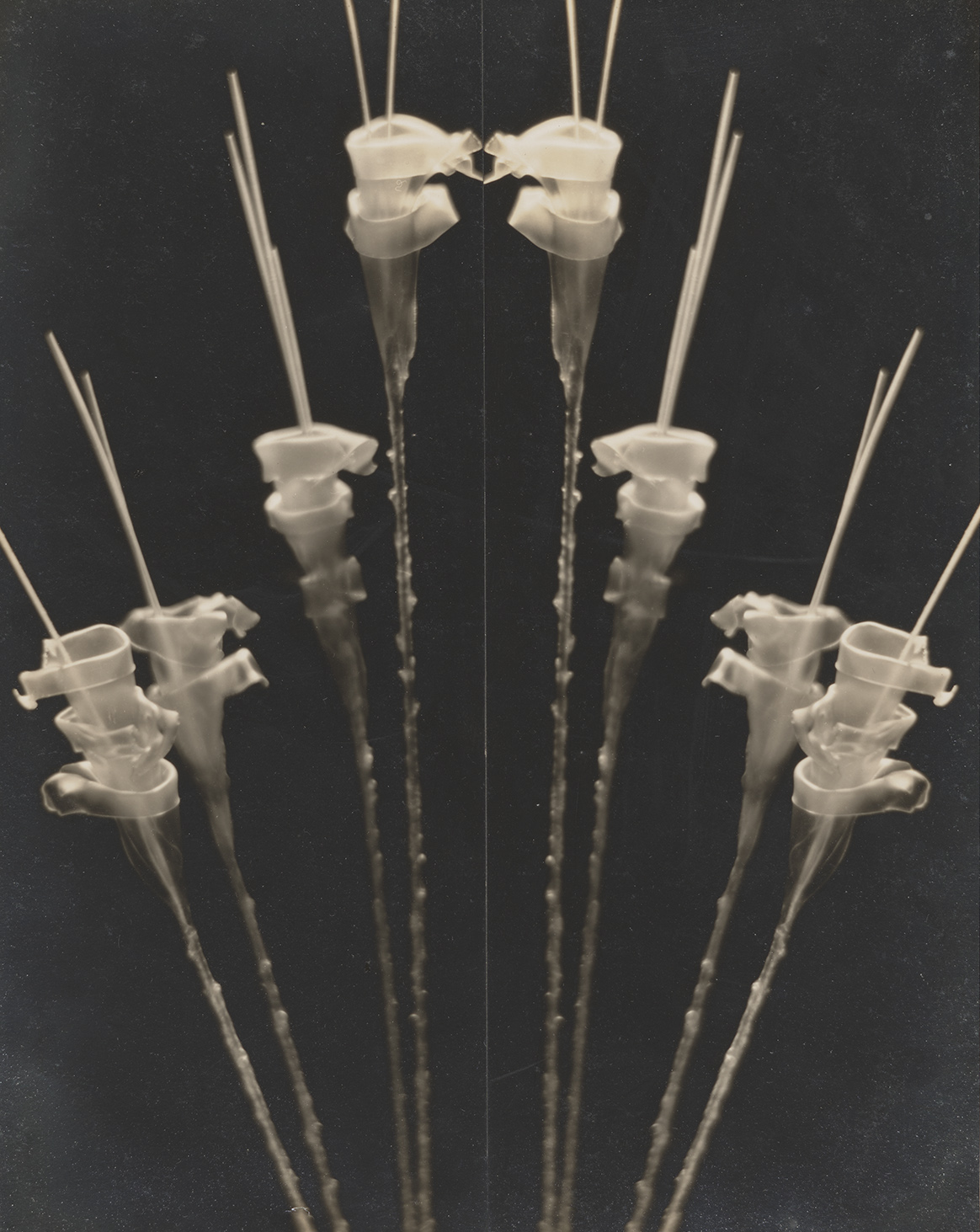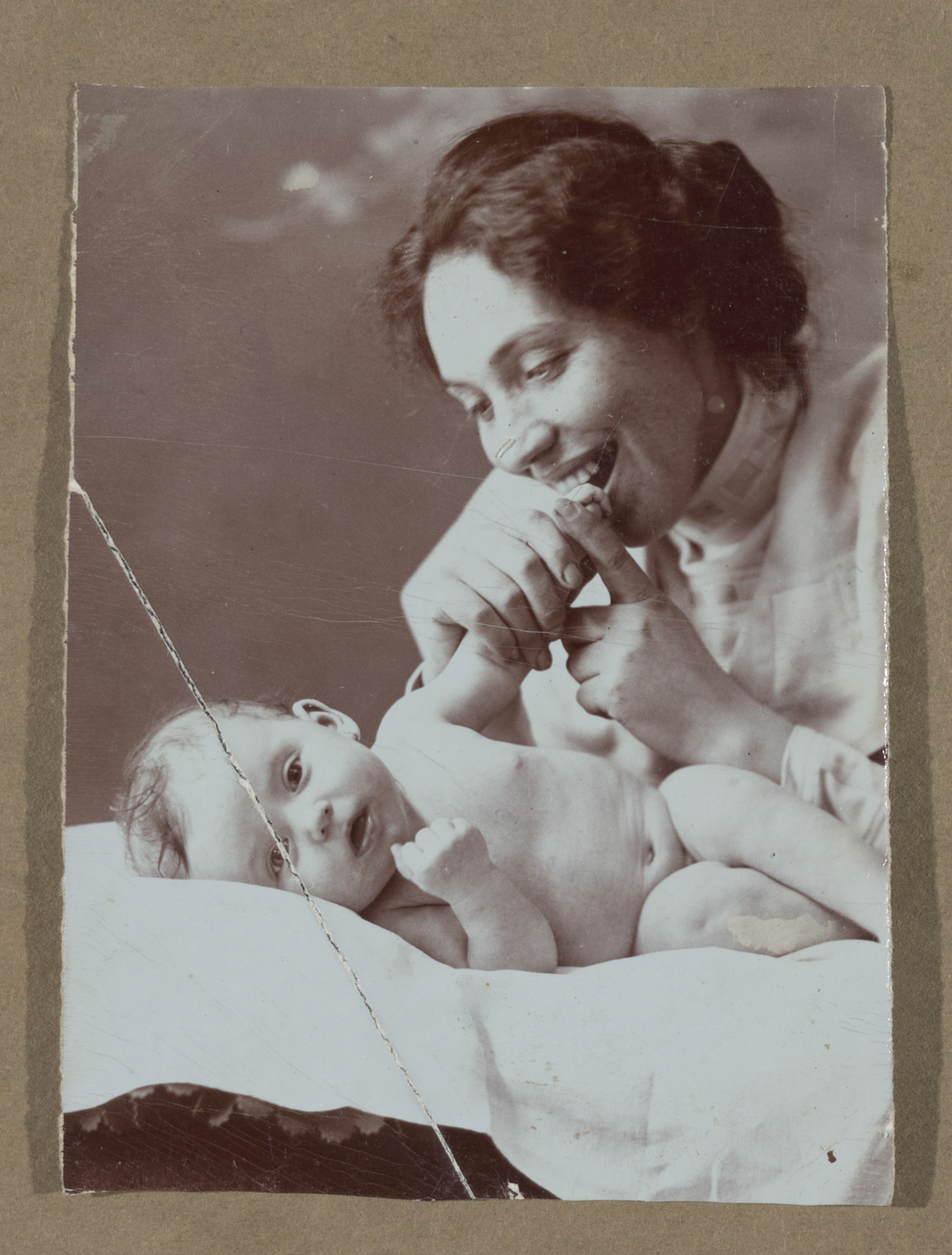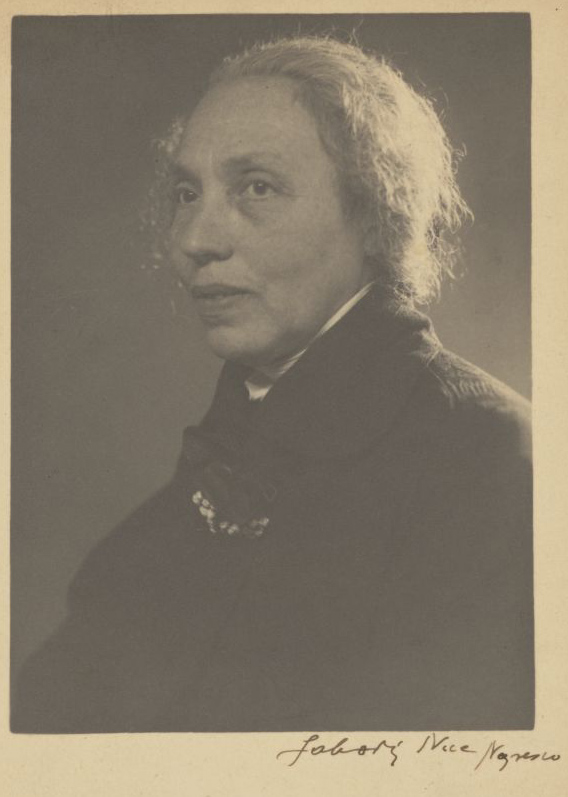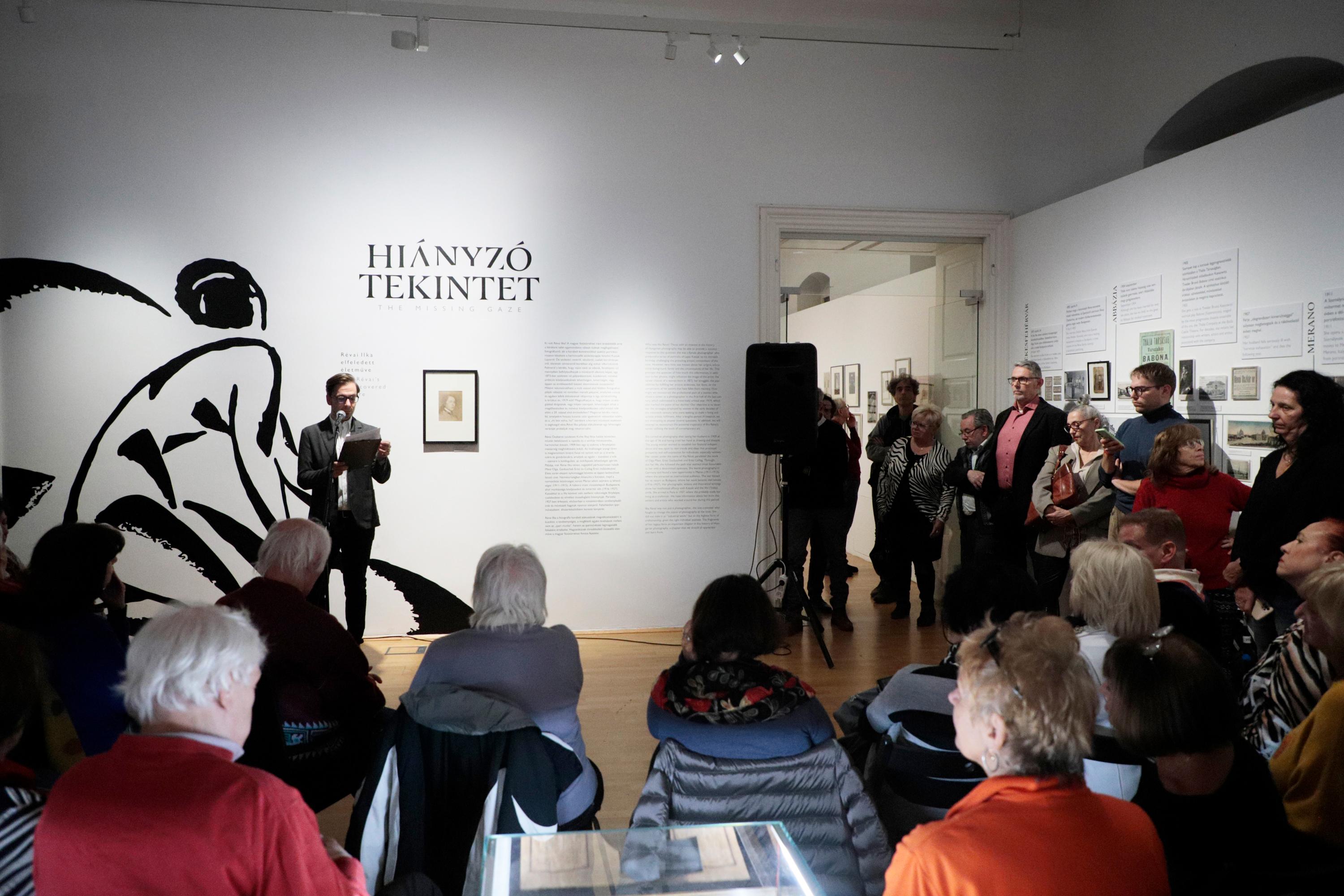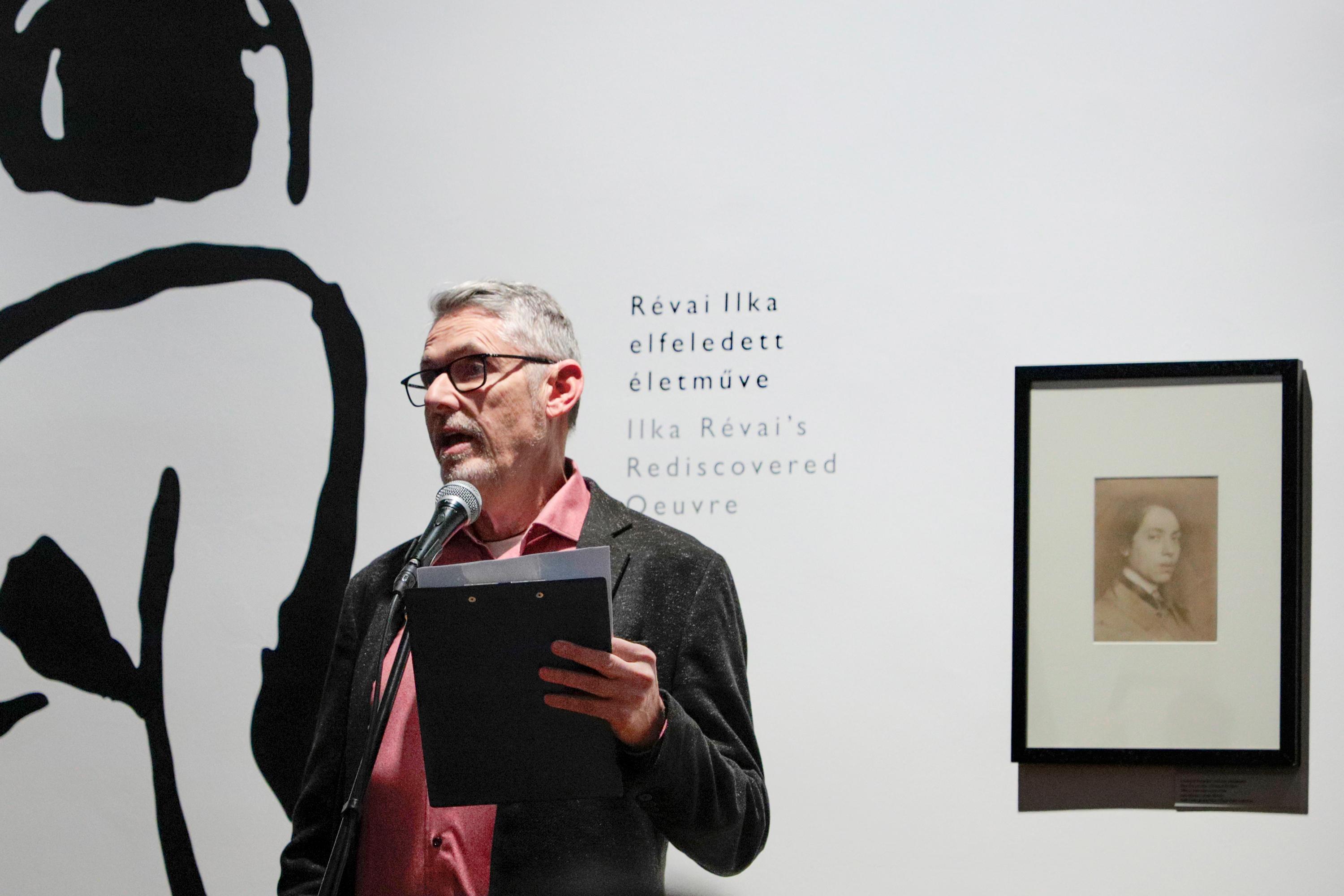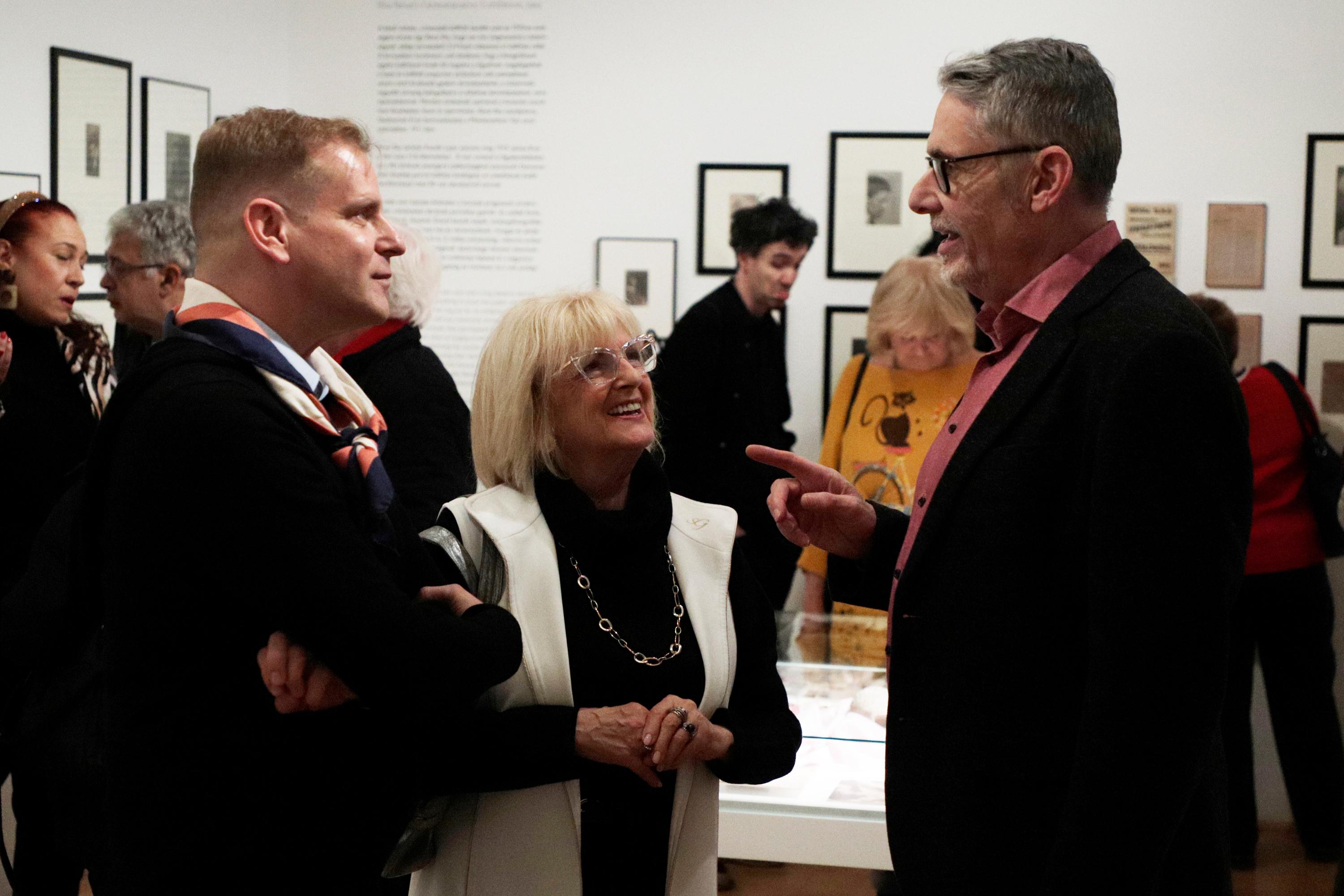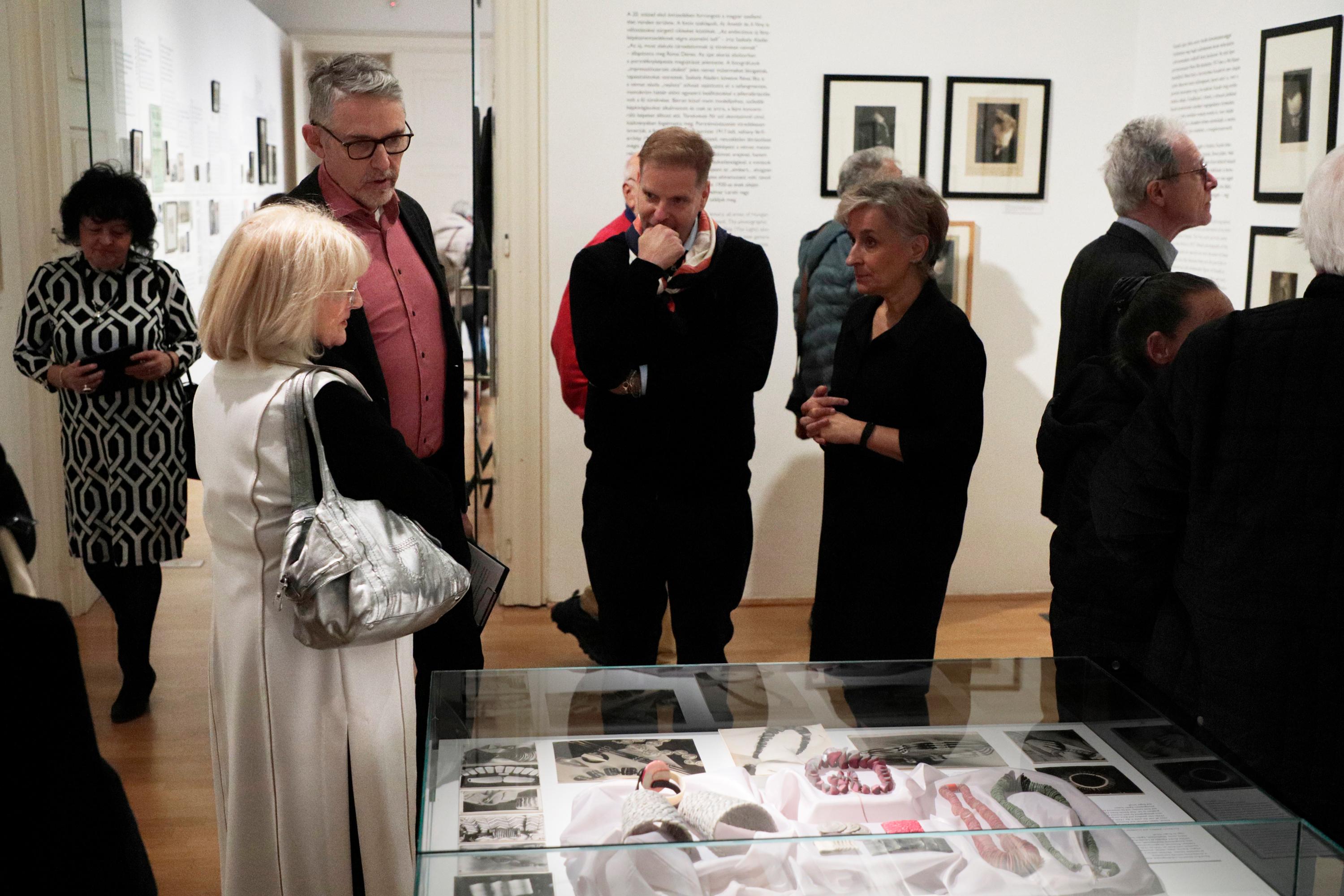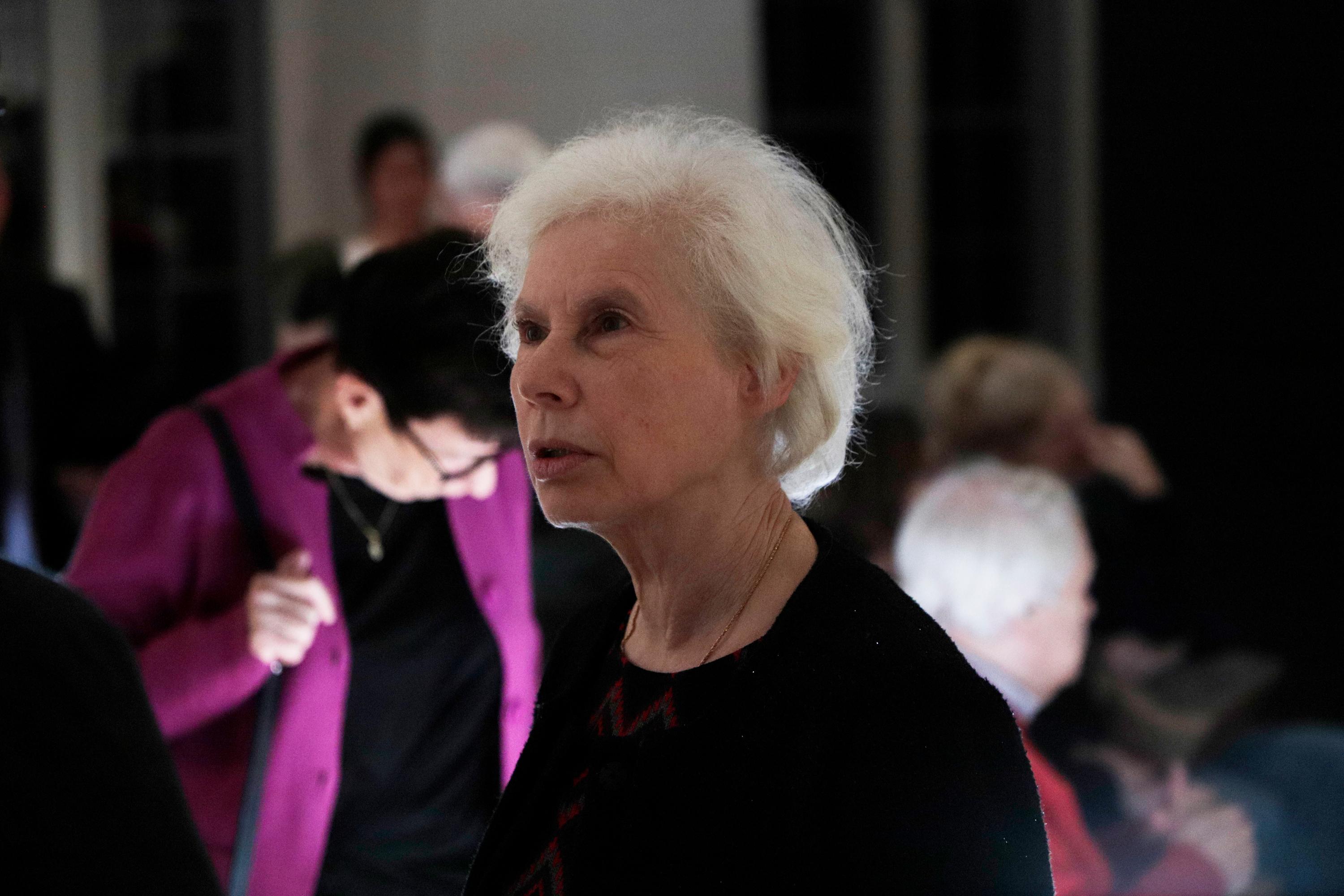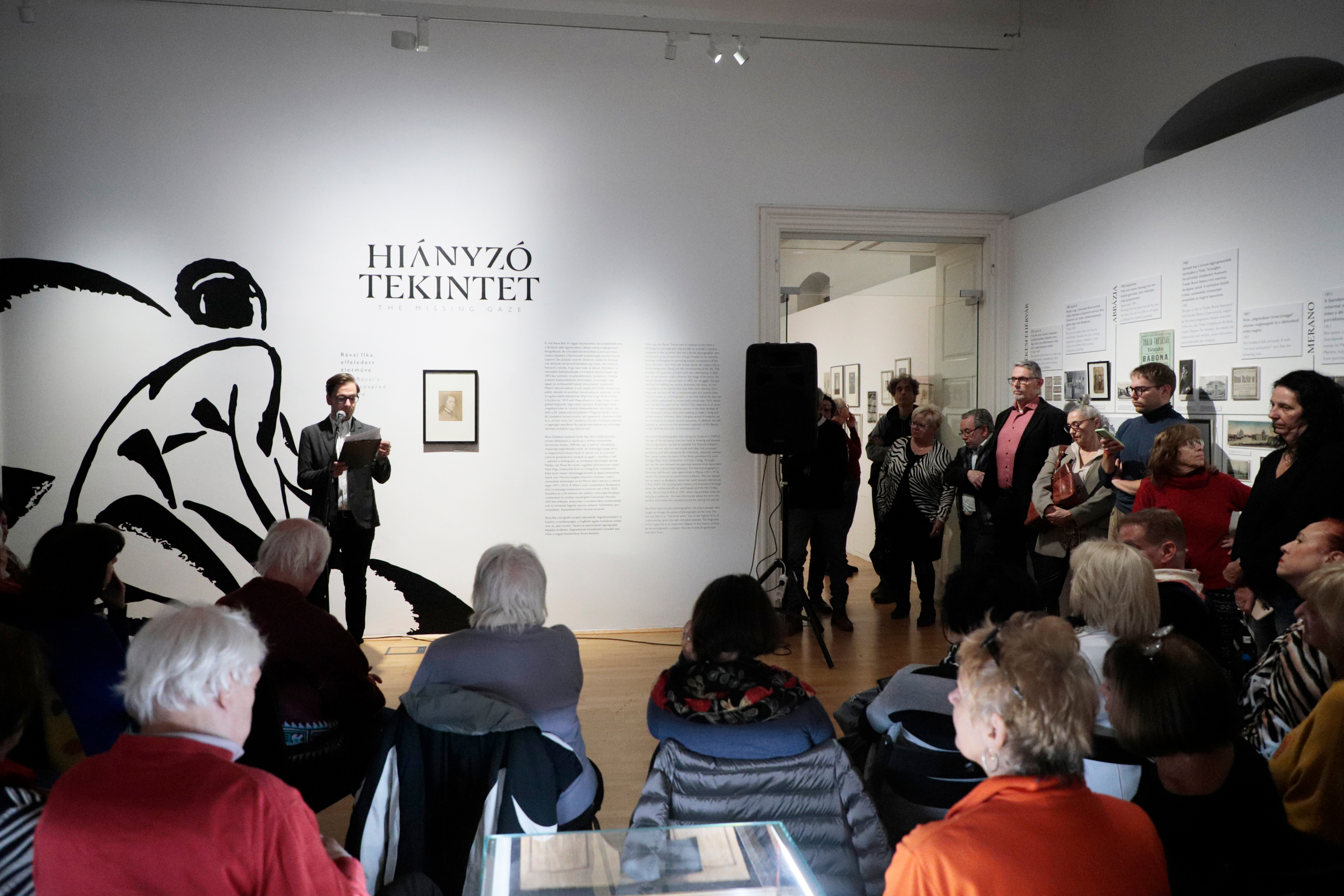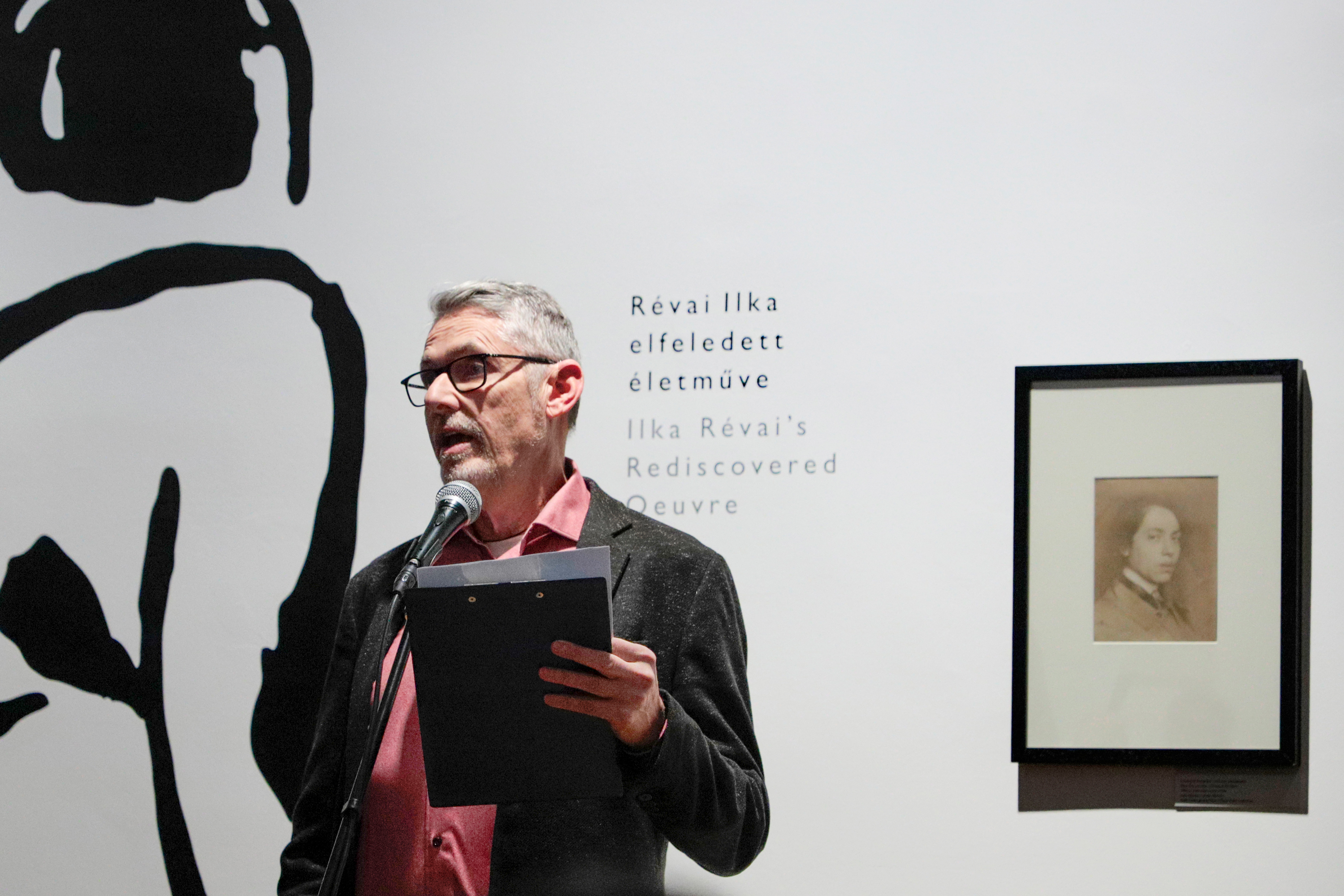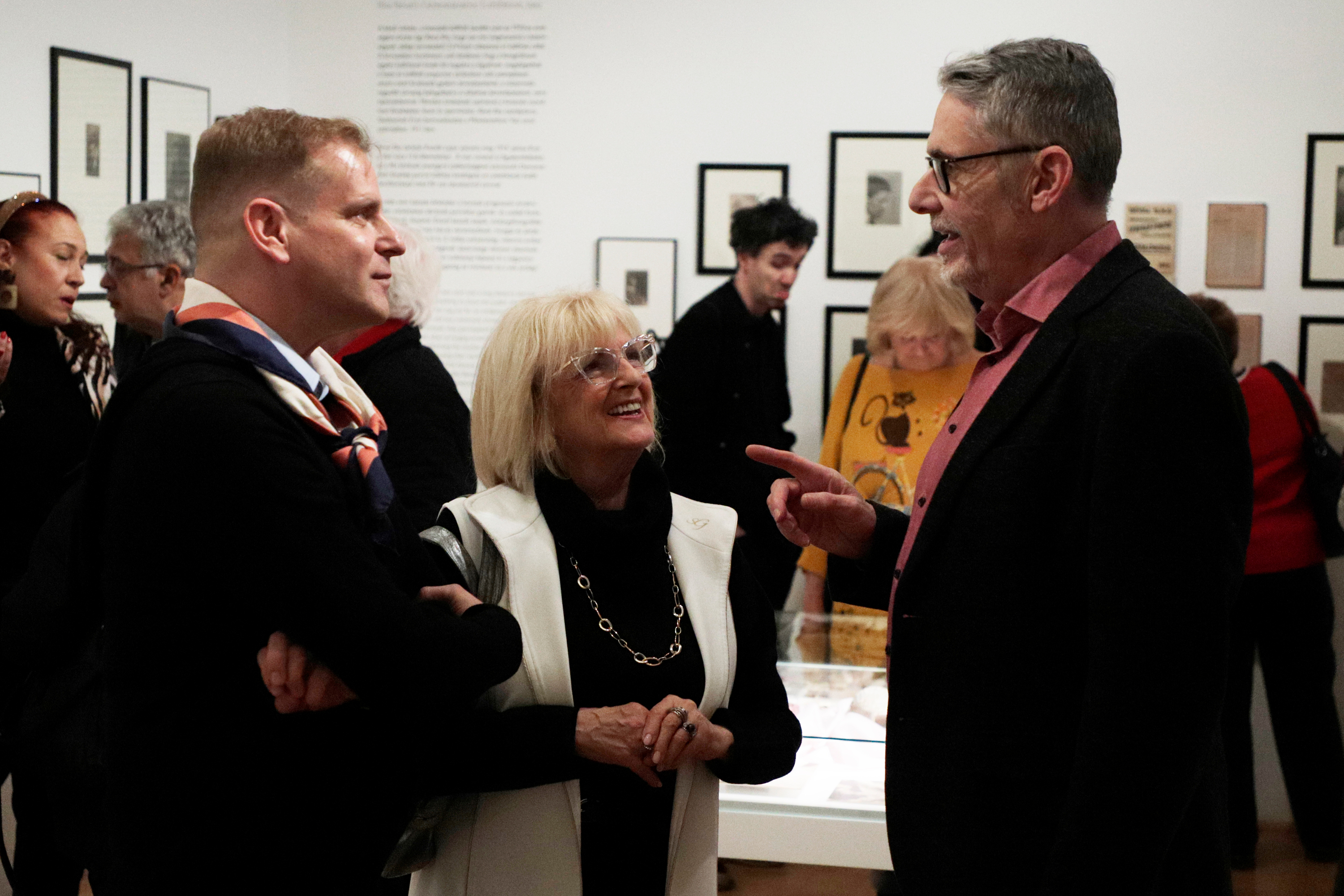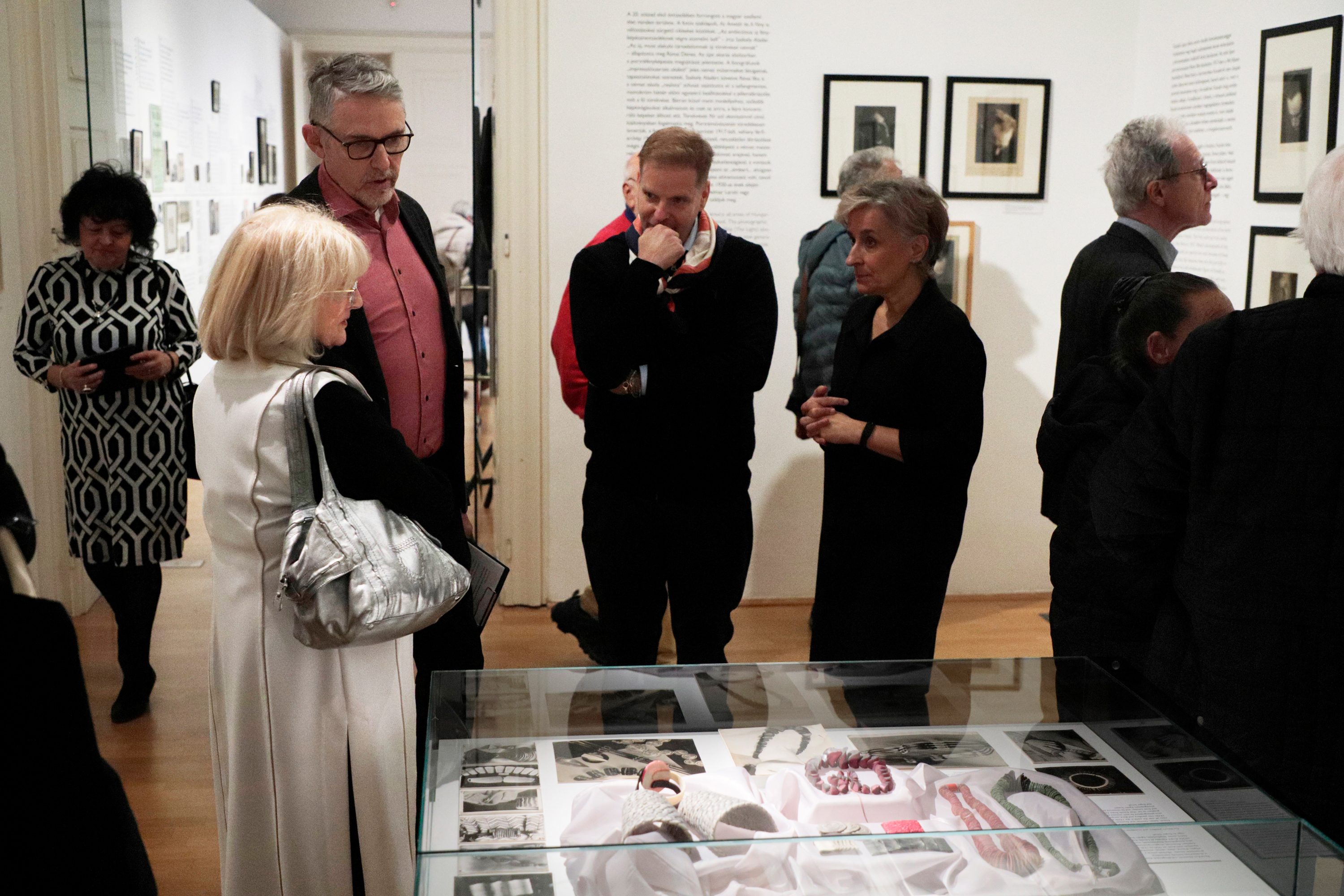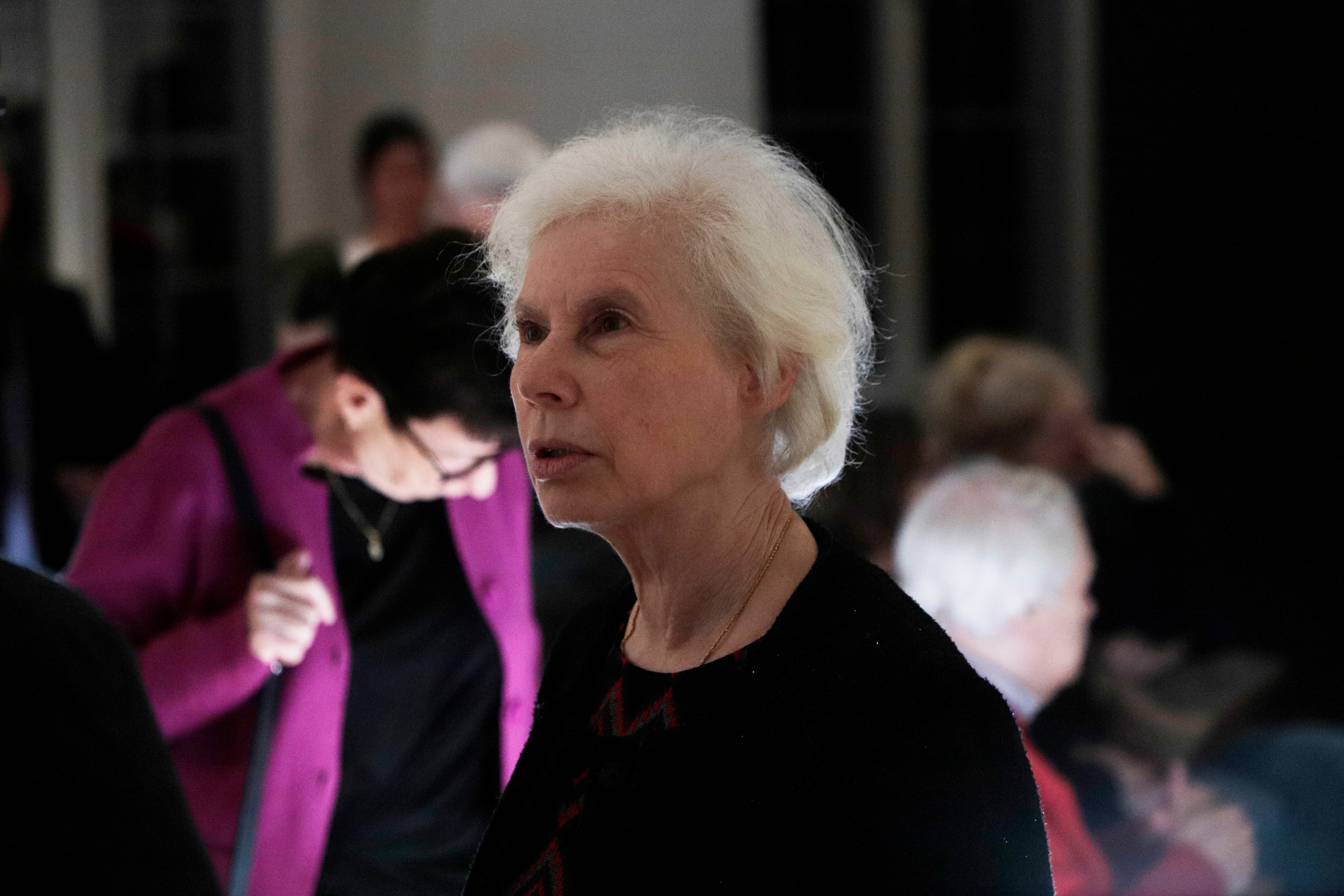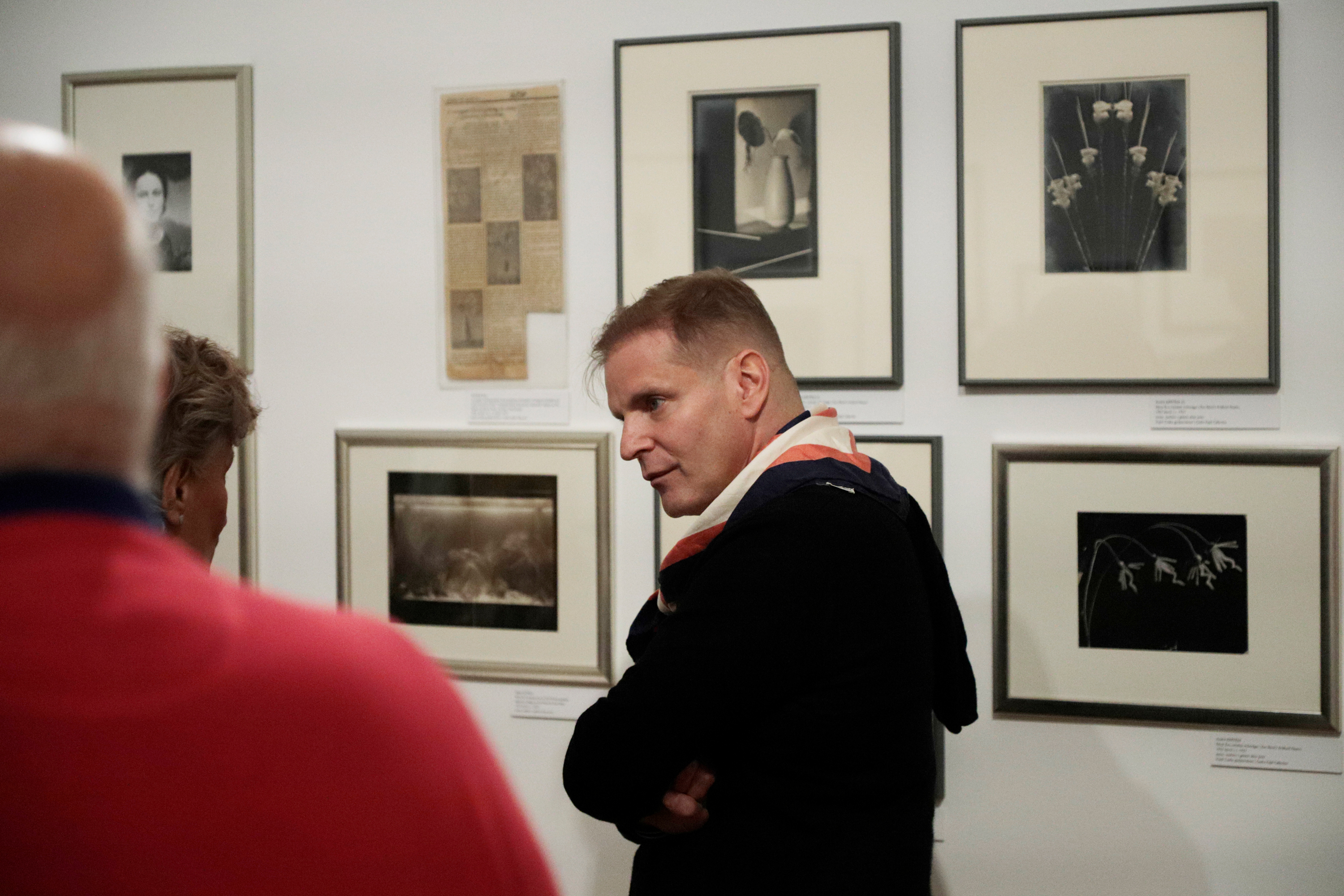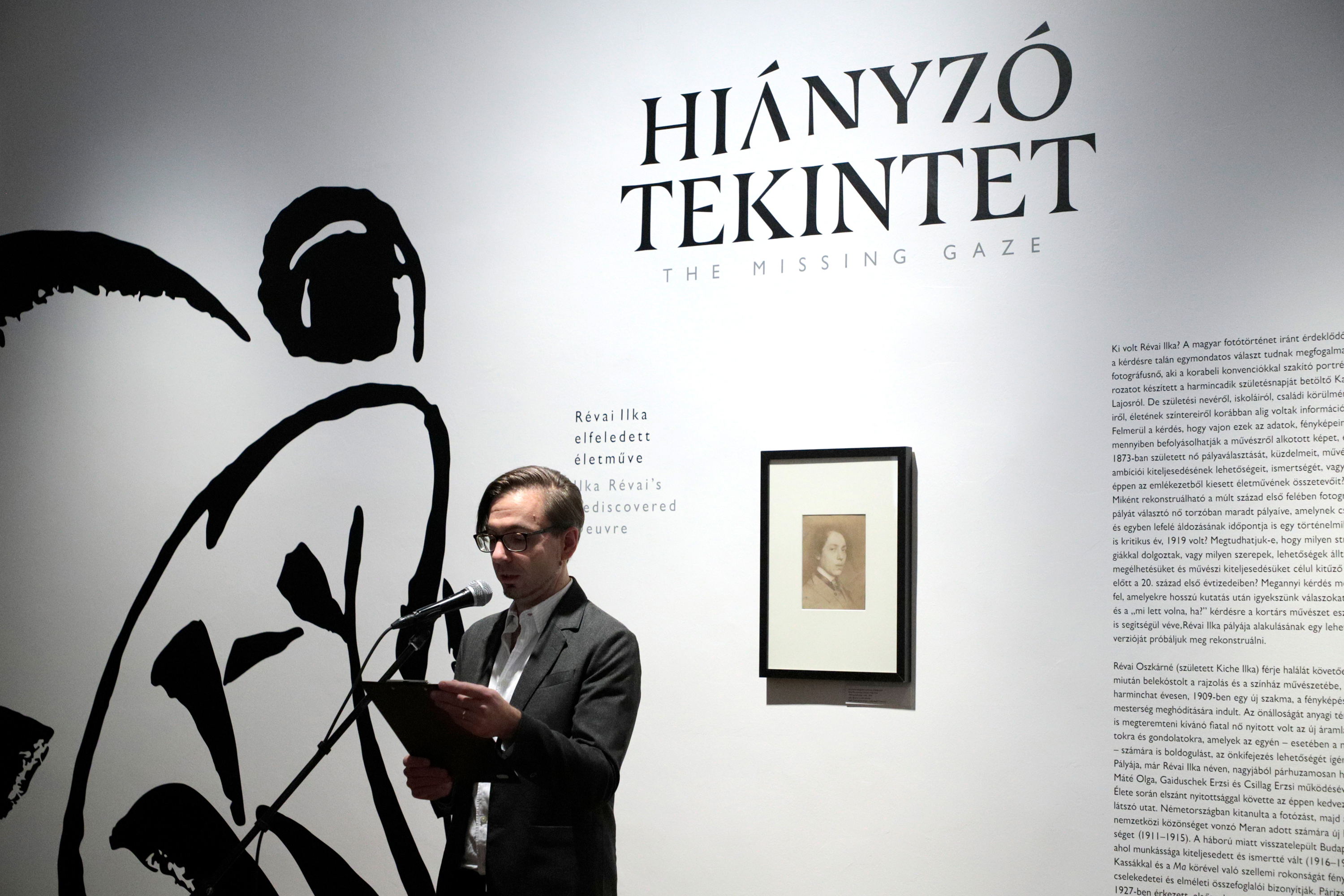THE MISSING GAZE – ILKA RÉVAI'S REDISCOVERED OEUVRE
Attached Contemporary Art Project:
Szabolcs KissPál: The Parisian Find
Vernissage: 14 November 2024, Thursday, 6 PM
Opening speech by Oliver A. I. Botar, art historian
The Kassák Museum presents the oeuvre of Ilka Révai (1873–1945), one of the most promising Hungarian photographers of the first decades of the twentieth century, for the first time. The preparations for the exhibition were more like an archaeological excavation: apart from a few photographs and a modest catalogue, little was known about Ilka Révai’s career. We did not know her maiden name, where she was born, or her network of contacts. Our exhibition focuses on this absence, and on the seemingly contradictory fact of Ilka Révai’s distinctive role in the photography of the period. The tension between these two phenomena is the basis of our reconstruction experiment, in which contemporary art plays an important role alongside curatorial work. Szabolcs KissPál’s project The Parisian Find is an attempt to explore Ilka Révai’s imaginary photographic activity in Paris during the 1930s.
From the very beginning, Ilka Révai’s personality and career were characterised by a multi-directional interest: in addition to artistic photography, she was interested in the technical and theoretical aspects of photography, as well as the social side of this activity. As a young woman, she studied applied arts and performed in the most progressive theatre company of her time, the Thália Company. She had one daughter, Éva, with her wealthy entrepreneur husband Oszkár Révai, but after her husband’s untimely death she had to stand on her own feet. She went to Germany to learn photography, and in 1911 moved to Meran in southern Tyrol, where she made a living as a portrait photographer. The outbreak of the First World War brought her back to Budapest and in 1917 she made a series of photographs of the 30-year-old avant-garde writer Lajos Kassák. These photos demonstrate her vision, which revolutionised portrait photography and can be interpreted as a bridge between realistic and avant-garde portraiture. Ilka Révai did not officially belong to the Ma (Today) circle of Lajos Kassák, yet on 8 June 1919, she presented 214 of her photographs at the former gallery of the magazine at 11/b Váci Street, a unique achievement at the time. Apart from her, only Erzsi Gaiduschek had a solo show of this size. The exhibition, opened by Kassák, was Ilka Révai’s first and last solo show. In addition to nudes, children’s photographs and genre portraits, her “demonstrative photo exhibition” presented a tableau of the intellectual and artistic life of the time. Although she did not take part in the events of the 1919 Hungarian Soviet Republic, she was prosecuted on trumped-up charges and was held in prison for several weeks. In the 1920s, in addition to portrait photography, she took photographs of works of art and gave photography courses to young working-class people.
In 1927, she followed her daughter to Paris, where she supported herself by making jewellery and applied art objects from modern materials. A section of the exhibition shows jewellery and applied art objects by her daughter, Éva Révai. In the mid-twenties, the young Éva Révai made a successful foray into the French fashion industry. She worked with important designers and fashion houses such as Paul Poiret, Worth, Coco Chanel, Christian Dior and Maison Carven. The difficulties of Ilka Révai’s individual fate and the twists and turns of twentieth-century history have repeatedly broken her career, and much of her oeuvre has been destroyed. She was unable to carry through and complete her programme of renewing portrait photography. Although only fragments of her oeuvre have survived, the works and documents fortunately preserved in private and public collections are a testimony to Ilka Révai’s sovereign creative output.
Szabolcs KissPál’s attached contemporary art project The Parisian Find attempts to reconstruct Ilka Révai’s activities in France over a decade and a half, revealing the contents of a trunk that has turned up under mysterious circumstances. The research of the corpus, consisting of photograms, objects, notes and publications, led to the exploration of Révai’s formal quest and inner struggles in the framework of a narrative that is organically integrated into the artistic milieu of the time but also contains speculative elements. Although the historical authenticity of some of the items in the find cannot be clearly established, the context of the material supports the hypothesis that Ilka Révai’s career as a photographer could have been continued during the 1930s.
CREDITS
The Missing Gaze – Ilka Révai’s Rediscovered Oeuvre
Attached contemporary art project: Szabolcs KissPál – The Parisian Find
Kassák Museum, Budapest
15 November 2024 – 1 June 2025
Curators: Júlia Cserba and Csilla E. Csorba
Idea of the exhibition: Oliver A. I. Botar
Exhibition organisation: Edit Sasvári
Design: Gábor Bogdándy
Assistance (The Parisian Find): Boróka Prokob
Conservation: Sándor Balogh, Sarolta Dunai, György Orbán
Digitization: Levente Bartha
Photos: Csaba Gál, Zsolt Birtalan
Expertise: Bálint Flesch
Installation: Ferenc Badak, Gábor Bogdándy, Annamária H. Kocsis, György Mihalkov
Communication: Renáta Szikra
Insurance: Uniqa
Main cooperating partner: Collection of Annamária Básti and Csaba Kajdi.
Lending institutions and collections: Archivio storico del Comune di Meran - Arte Gallery, Budapest - Ervin Marton Estate, Paris - Archivio Comune di Merano - Hungarian Jewish Museum and Archives - Hungarian Museum of Photography, Kecskemét - Fortepan, Budapest - Médiathèque du patrimoine et de la photographie, Paris - Metropolitan Ervin Szabó Library, Budapest Collection, Budapest - HNMPCC Hungarian National Museum, Historical Photographic Archives, Budapest - HNMPCC National Széchényi Library, Budapest - Bauhaus Foundation, Dessau - Virginia Museum of Art, Richmond, USA - and private collections in Hungary and abroad
The exhibition is supported by the Salgo Trust for Education, New York.
Special thanks: Dr. Péter Baki (Hungarian Museum of Photography, Kecskemét), András Bánkuti, Annamária Básti, István Bibó Jr., Dr. Oliver A. I. Botar (University of Manitoba, Winnipeg), Judit Chocholné Bóta, Gabriella Cseh, Dr. Mirella Csiszár (HNMPCC Petőfi Literary Museum, Budapest), Florence Ertaud (MPP, Paris), Dr. Zsófia Farkas (Hungarian Jewish Museum and Archives, Budapest), Dr. Zsuzsa Farkas, Bálint Flesch, Dr. Tamás Gajdó (Hungarian Theatre Museum and Institute, Budapest), Hatvani Márk, Katalin Hevesi, Perkins Howell (VMFA, USA), Dr. Réka Jakab (Budapest City Archives, Budapest), Aranka Kemény (HNMPCC Petőfi Literary Museum, Budapest), Csaba Kajdi, Károly Kincses, József Kiss, Sophie Lacour (MPP, Paris), Dr. Beatrix Lengyel (HNMPCC-Hungarian National Museum, Historical Photographic Archives, Budapest), Diána Marsó, Pier and Yves Marton (USA), Mrs. Pál Müller, Nagy Zita (Metropolitan Ervin Szabó Library, Budapest), Bálint Rajna, Dr. Edit Rajnai (HNMPCC National Széchényi Library, Budapest), Ferenc A. Rieger, Mathieu Rivallin (MPP, Paris), Dr. Zsuzsa Toronyi (Hungarian Jewish Museum and Archives, Budapest), Eugenio Valentini (Archivio Comune di Merano), André Voros (Paris), Zsuzsanna Zeke (HNMPCC Petőfi Literary Museum, Budapest)

